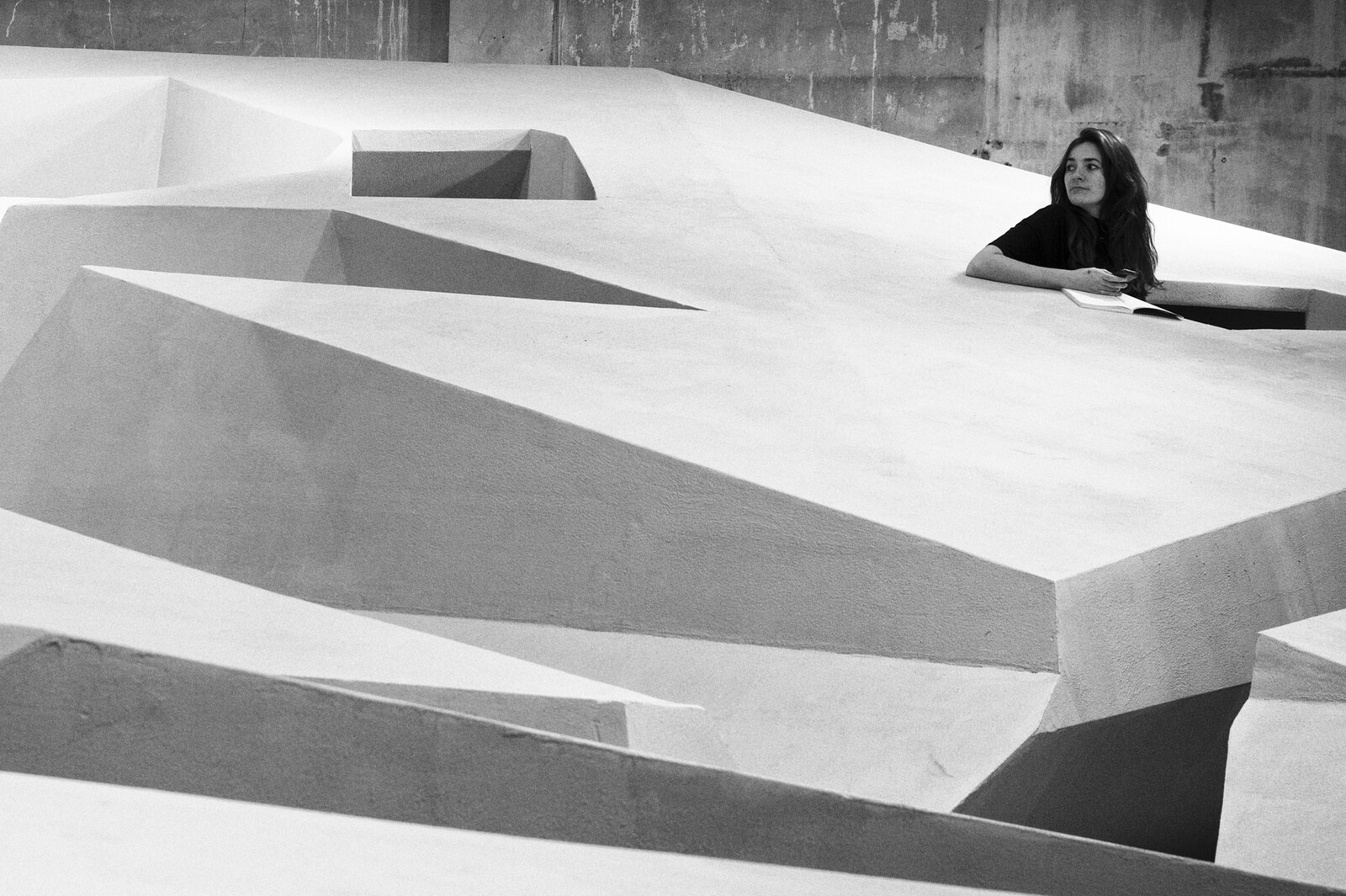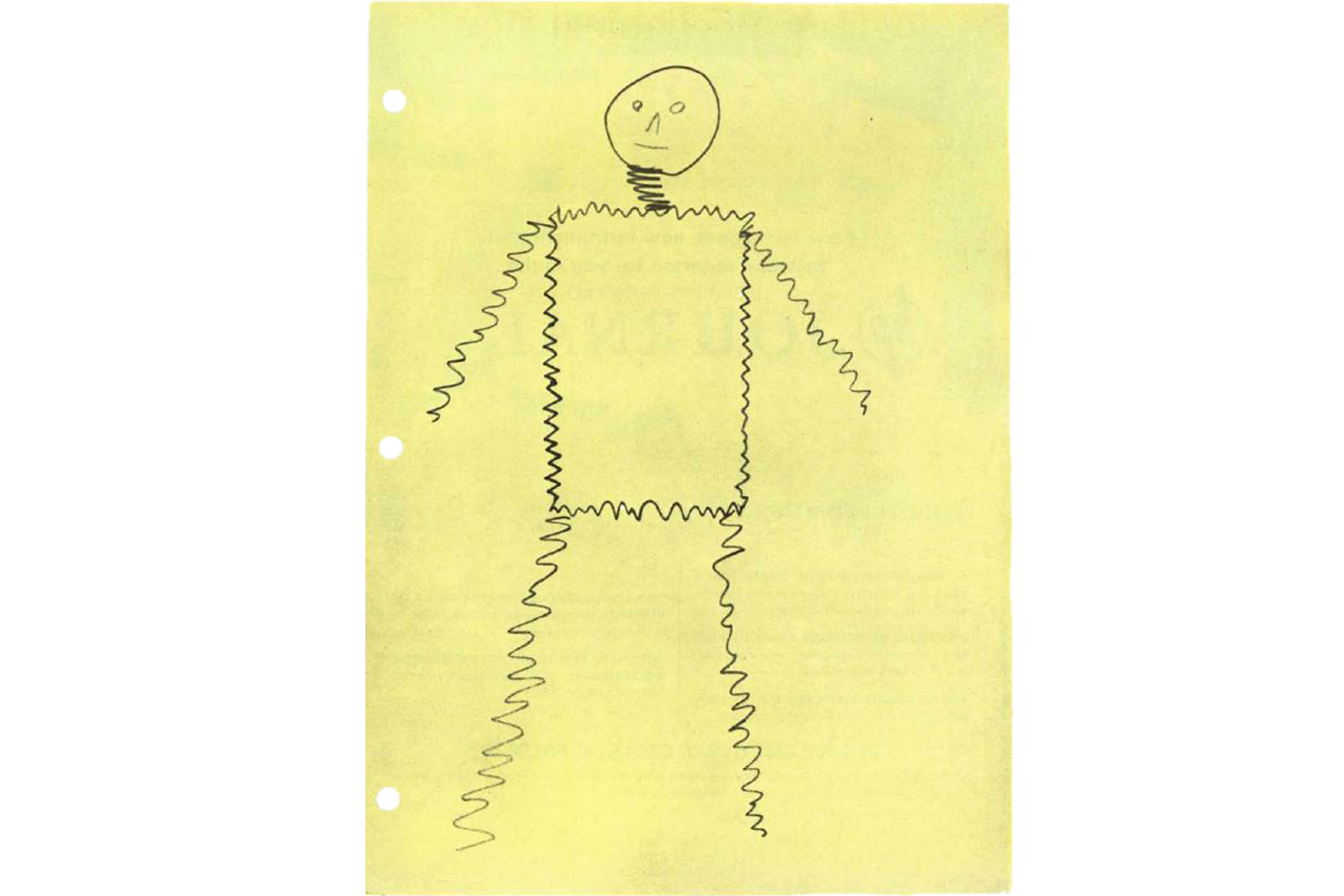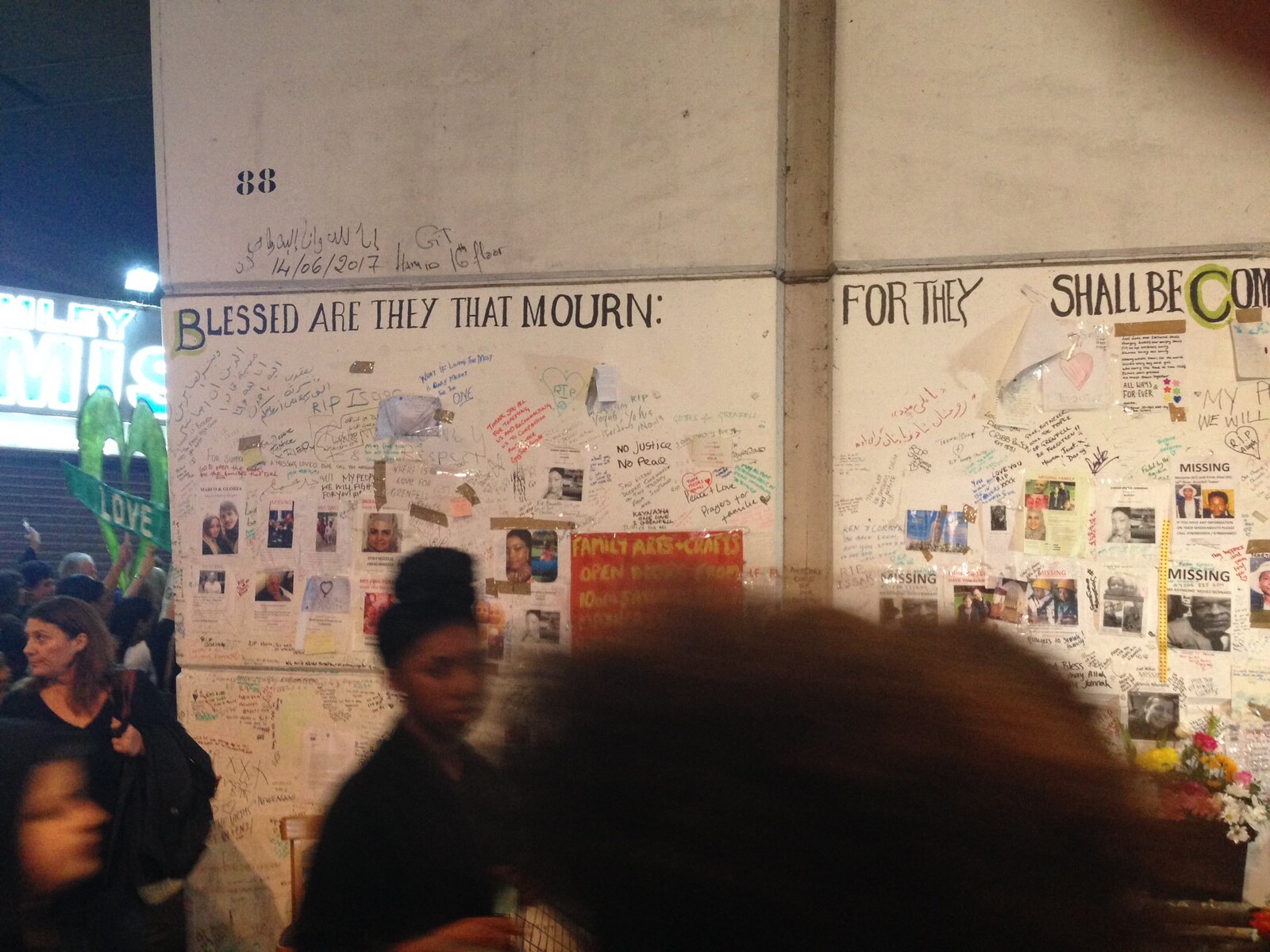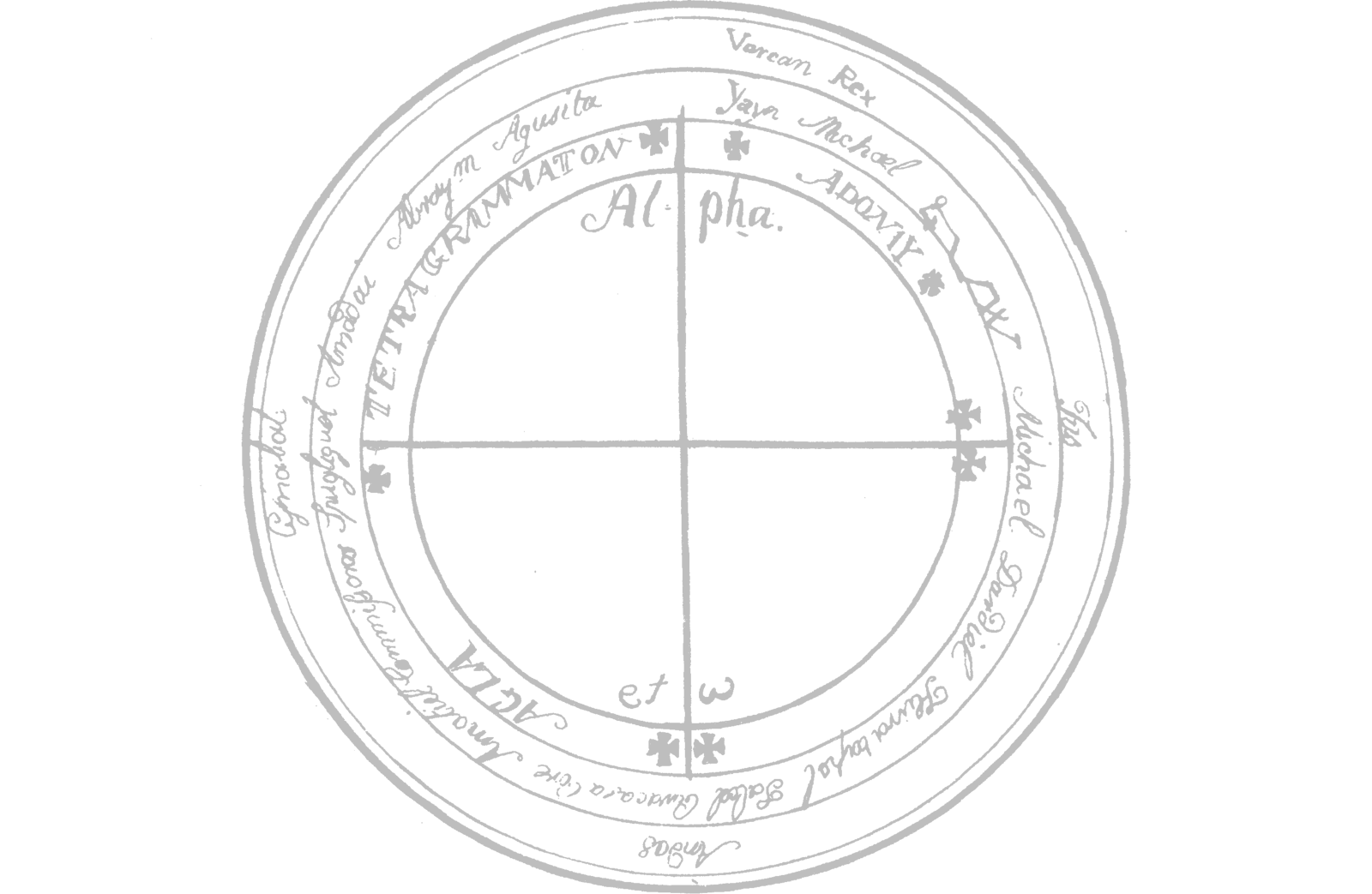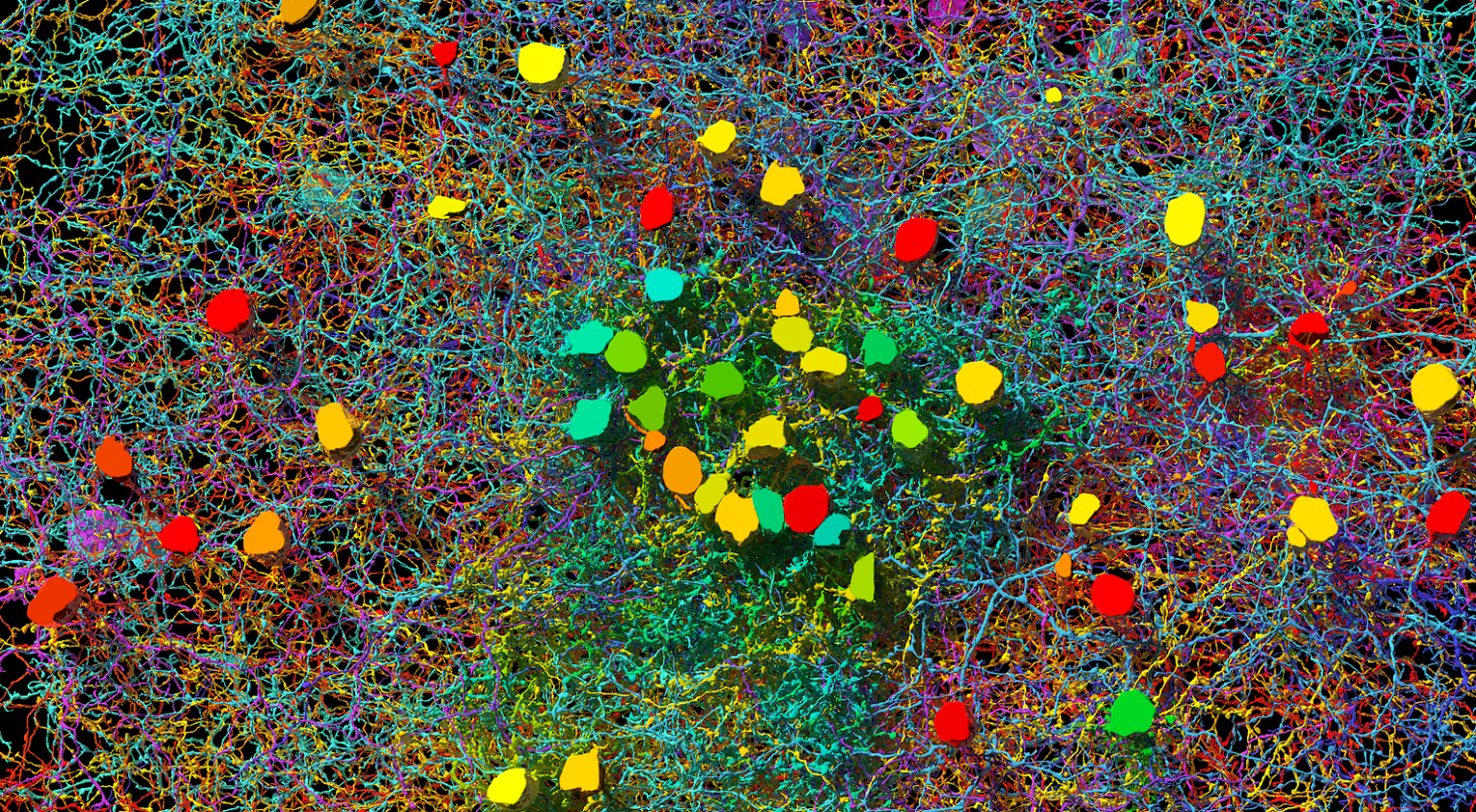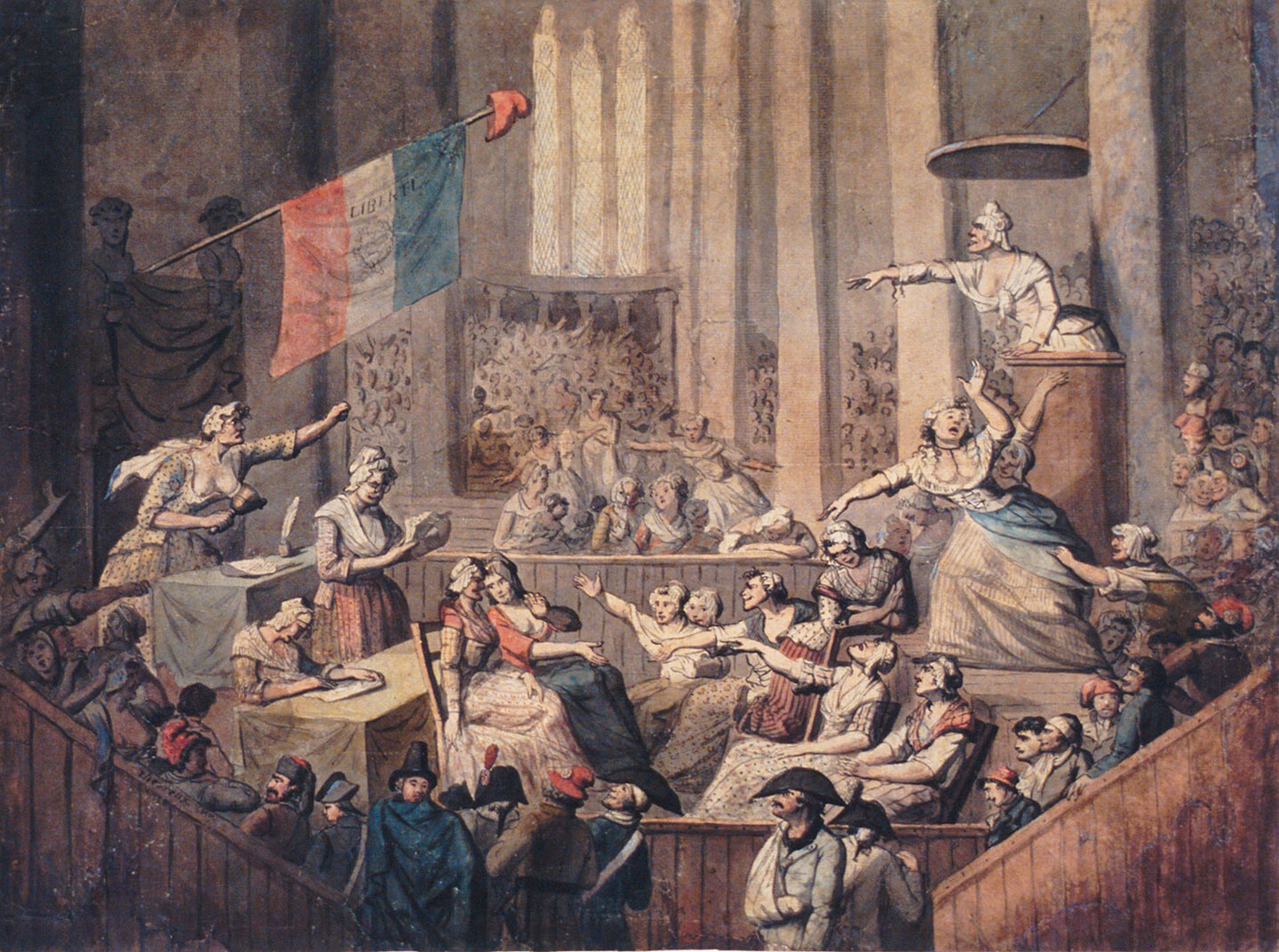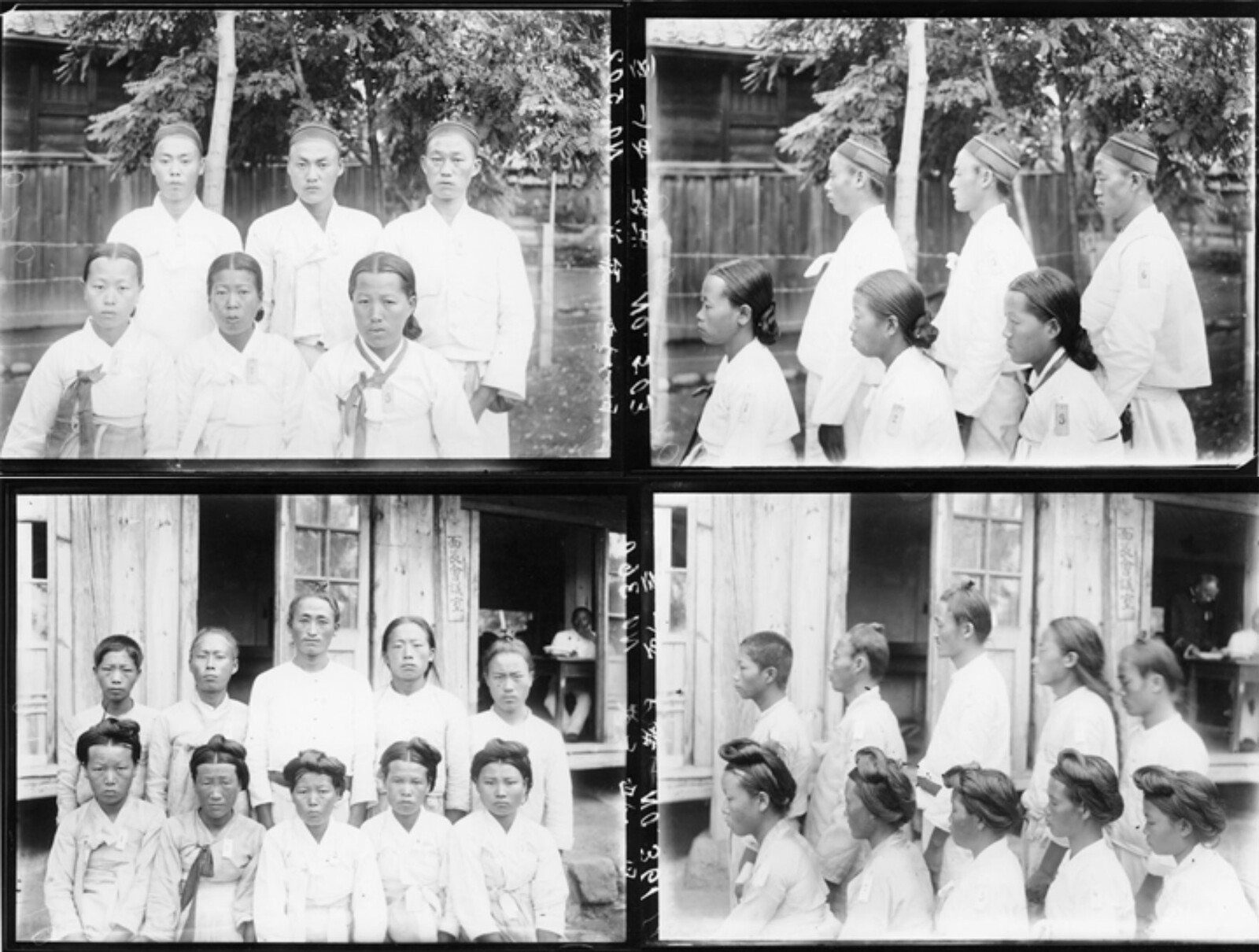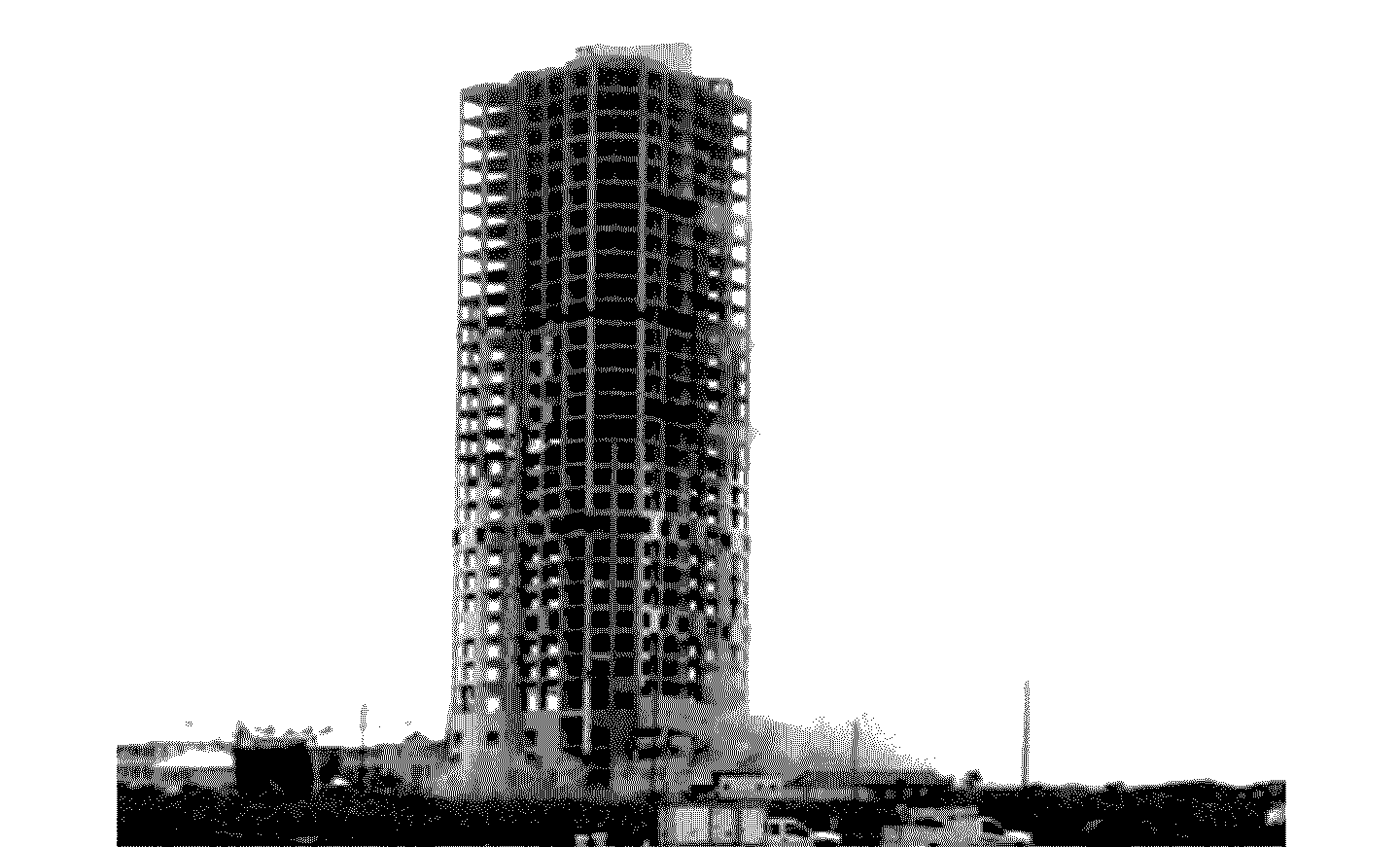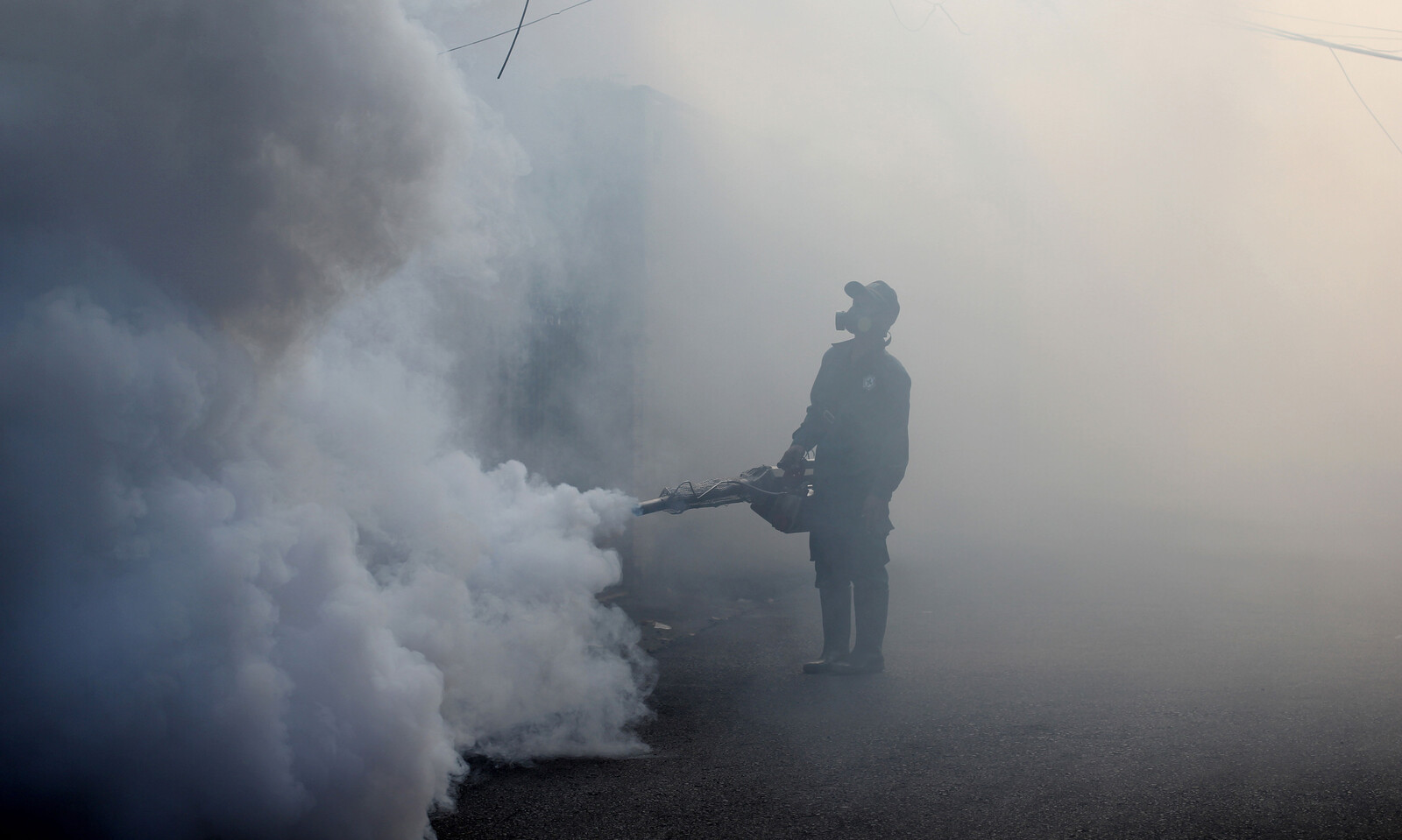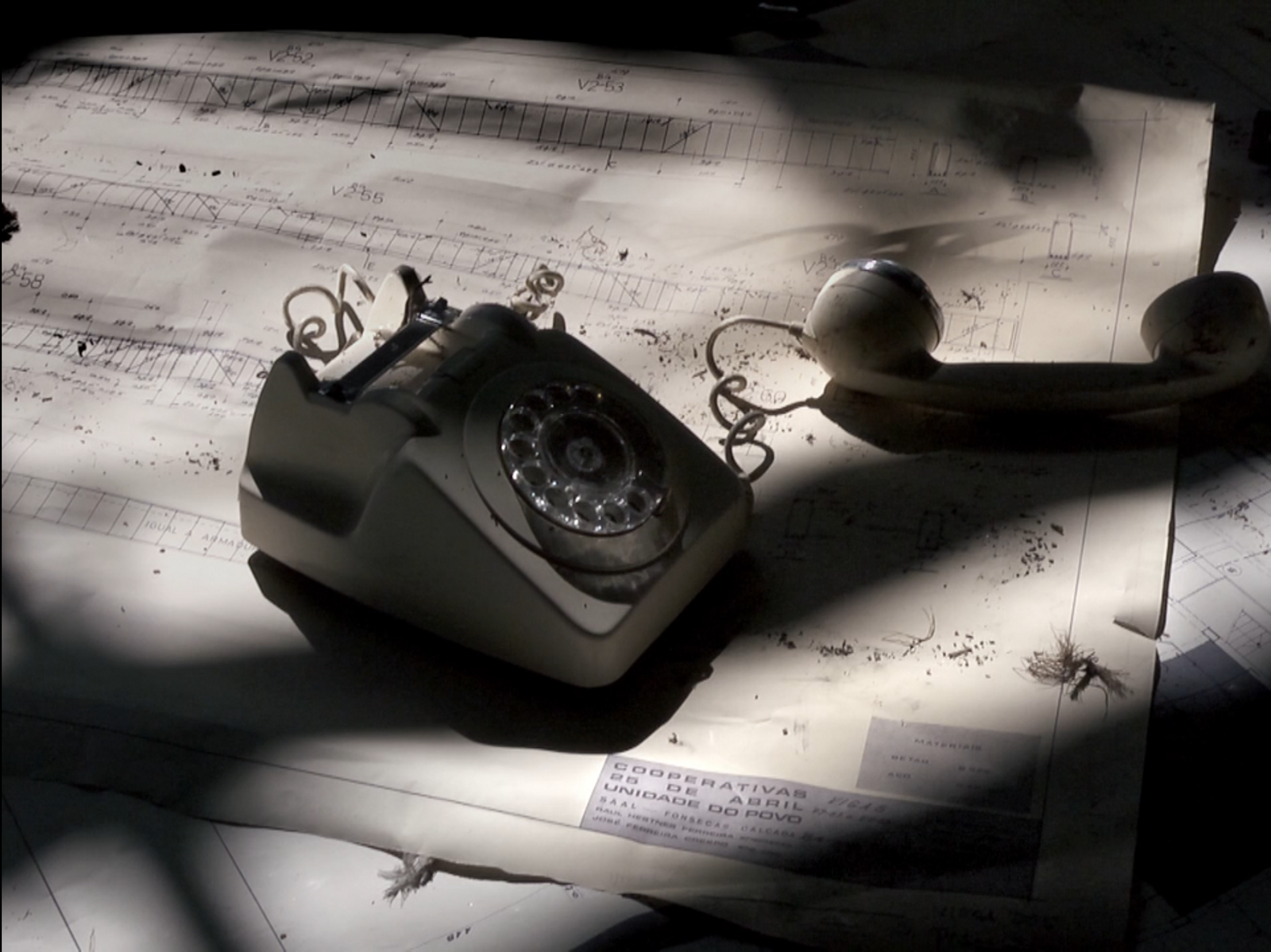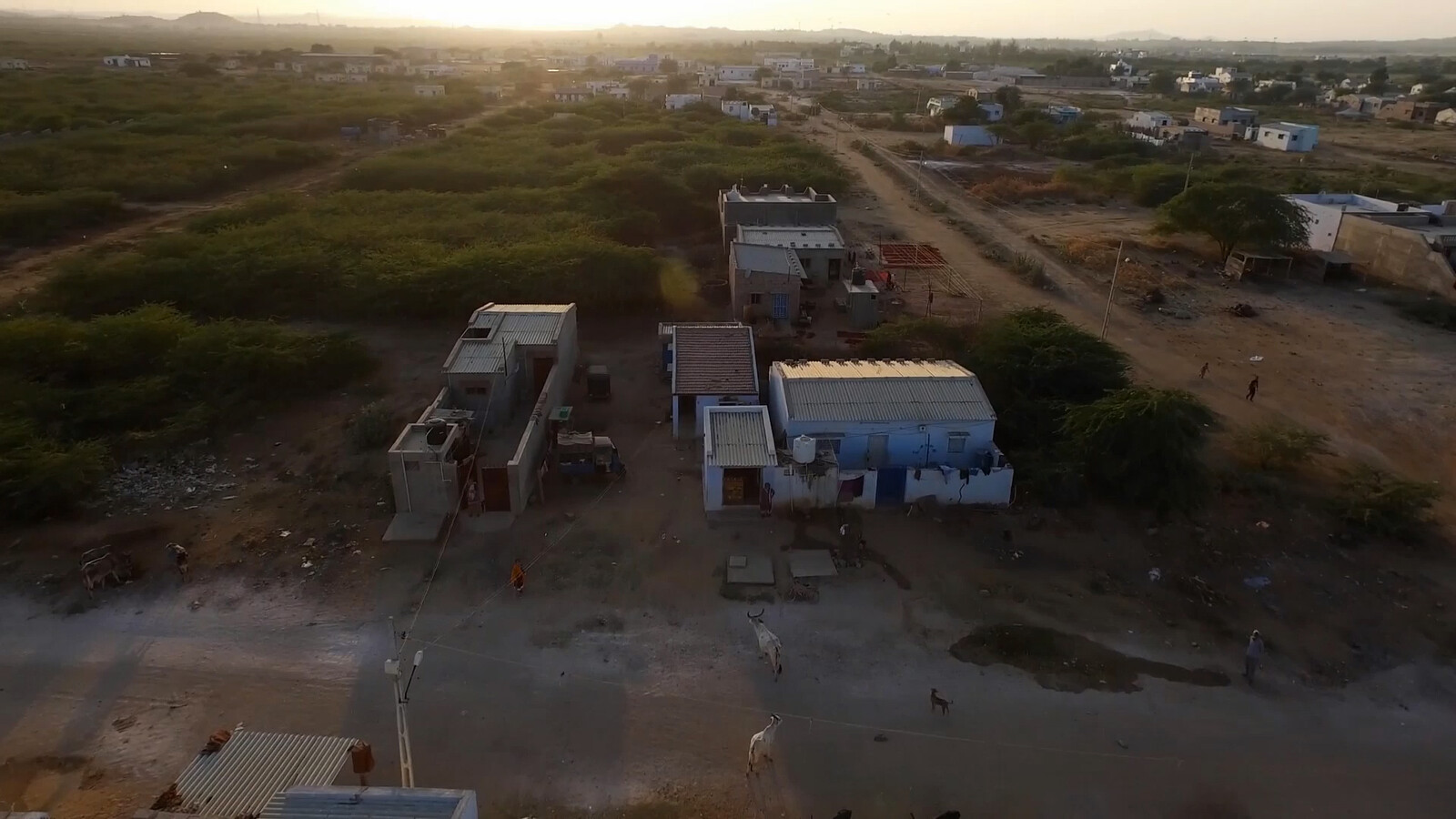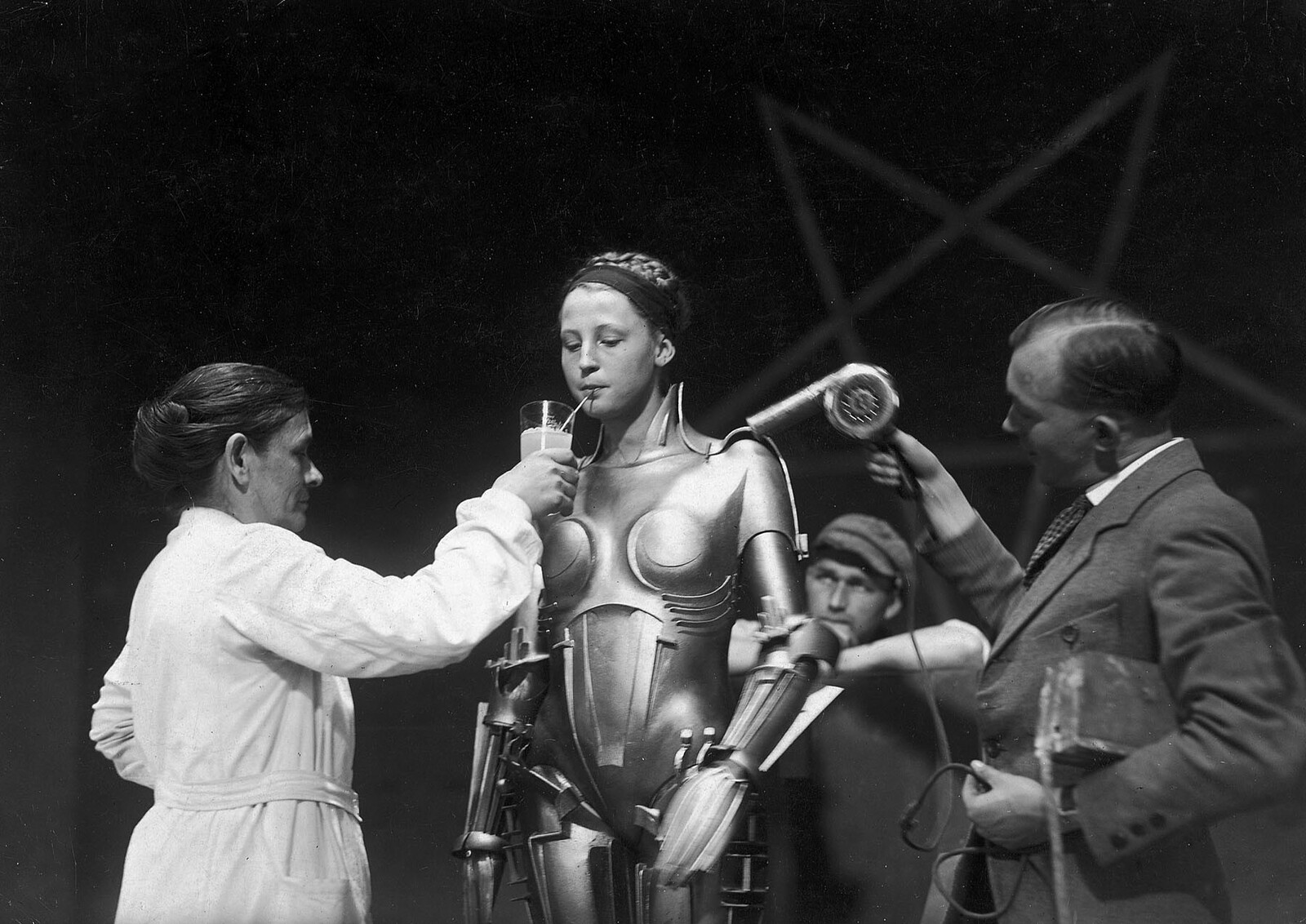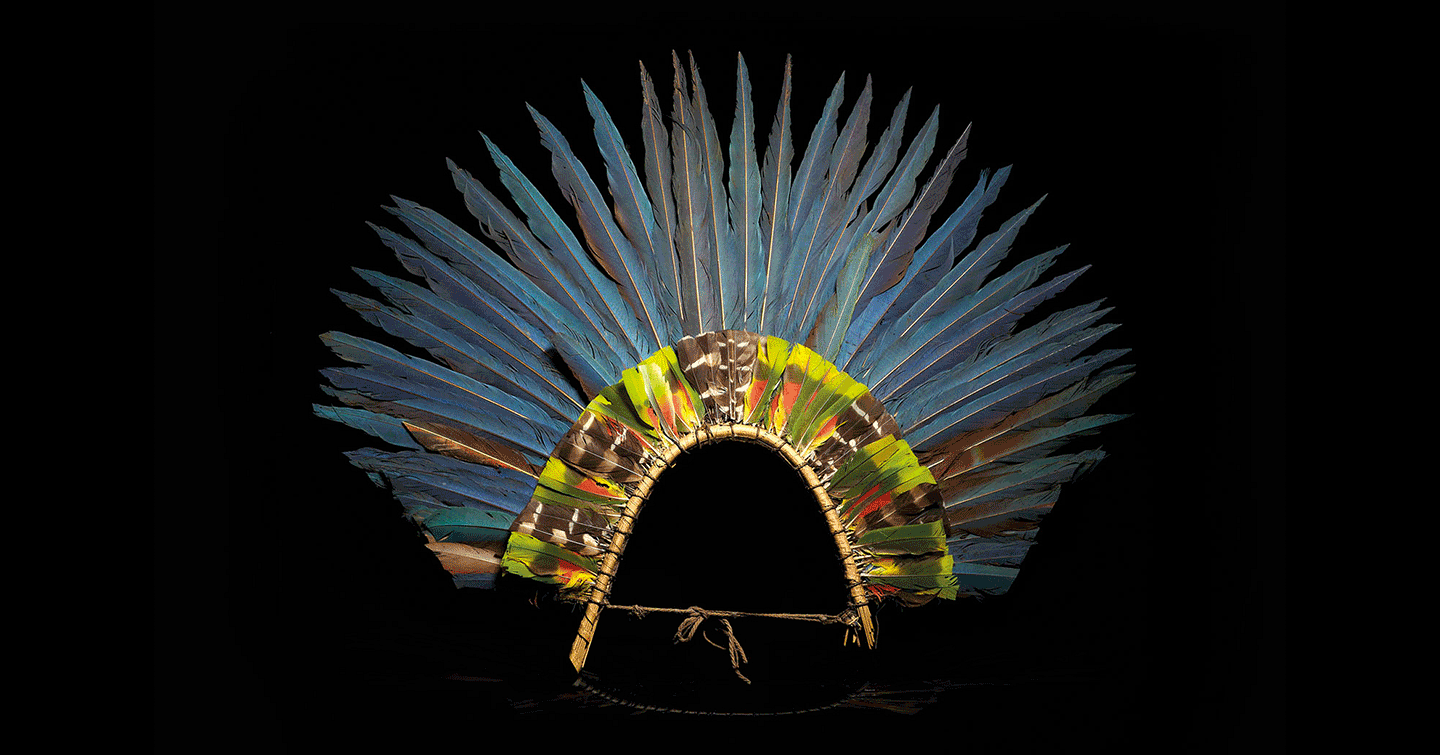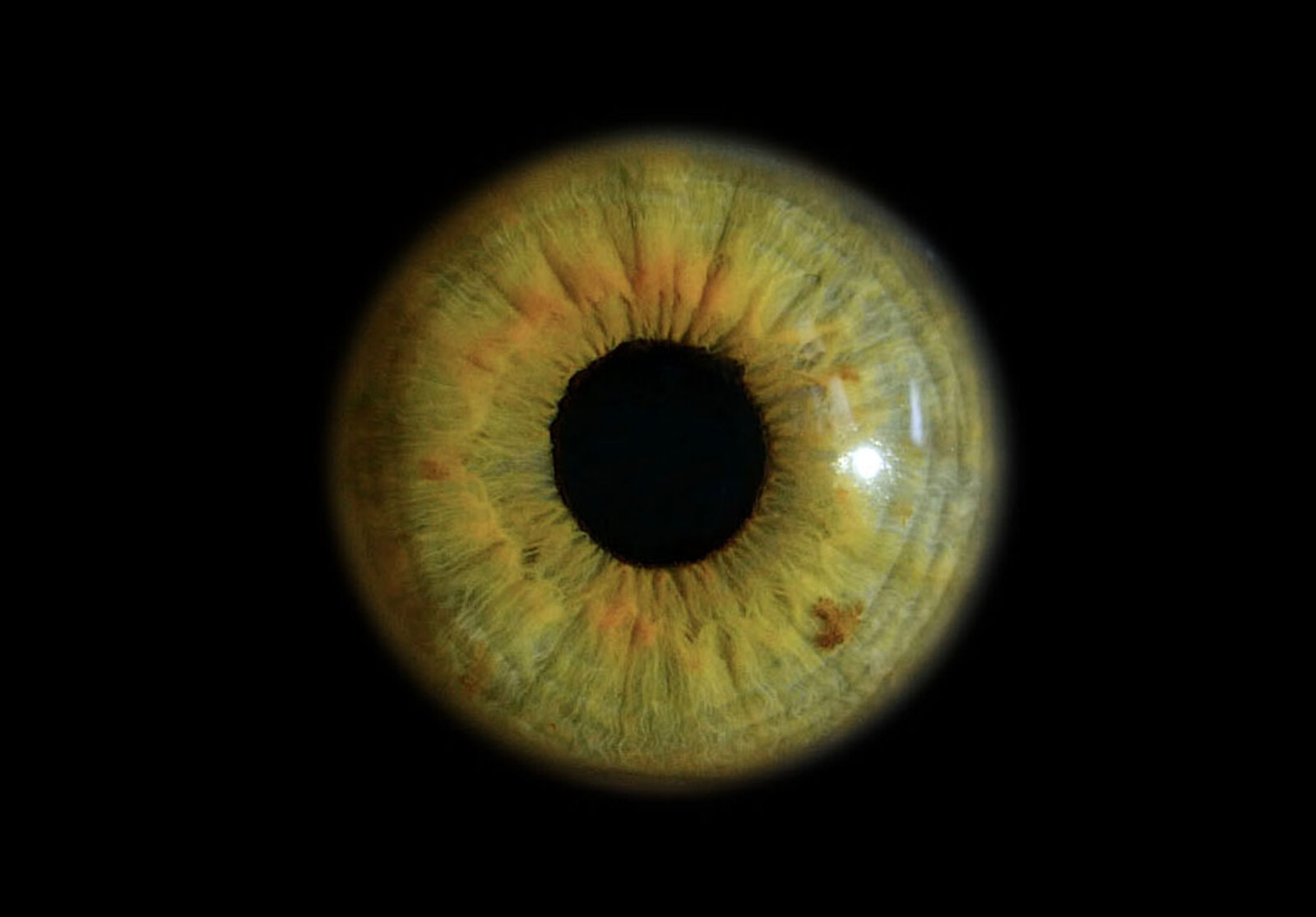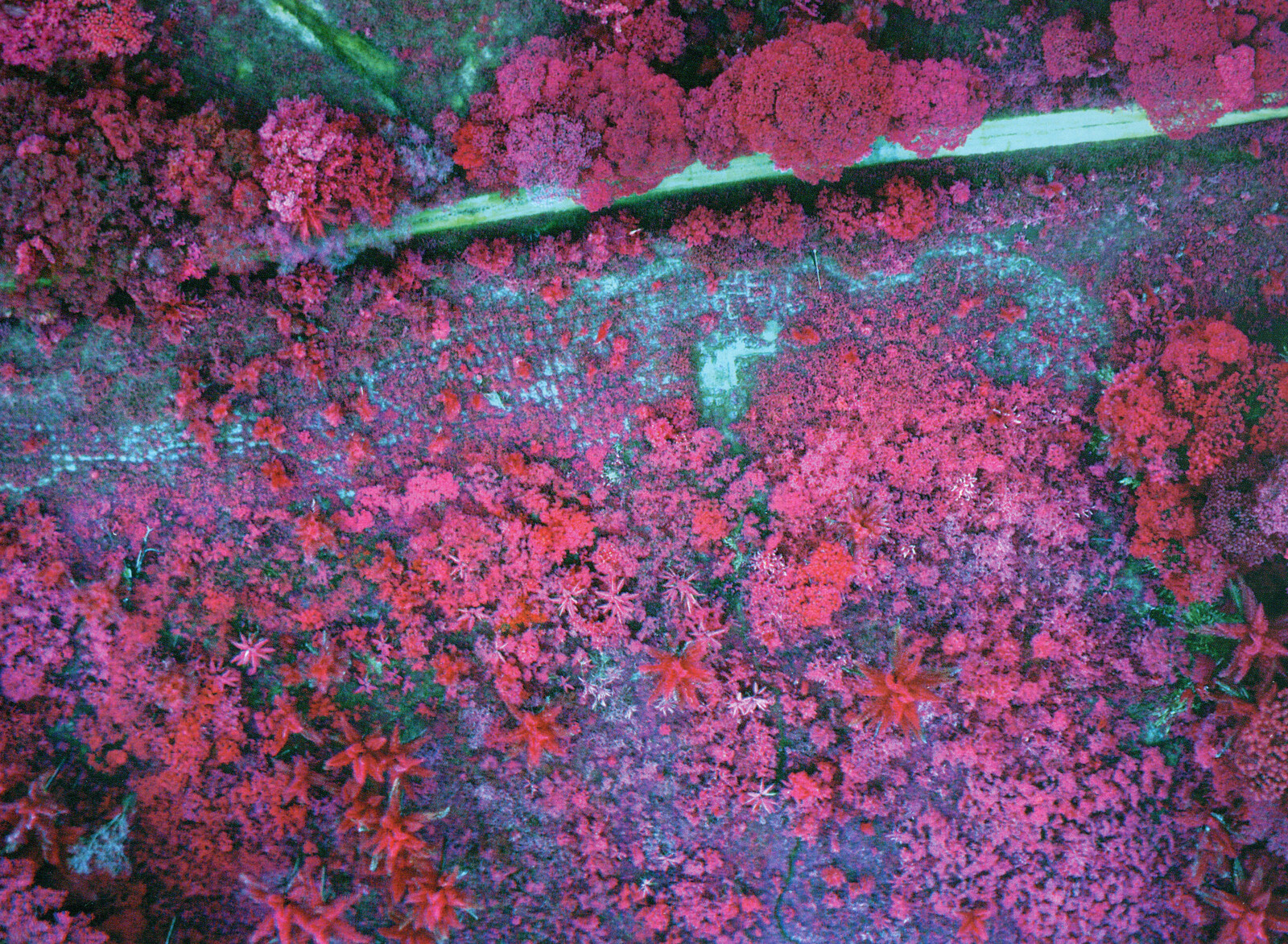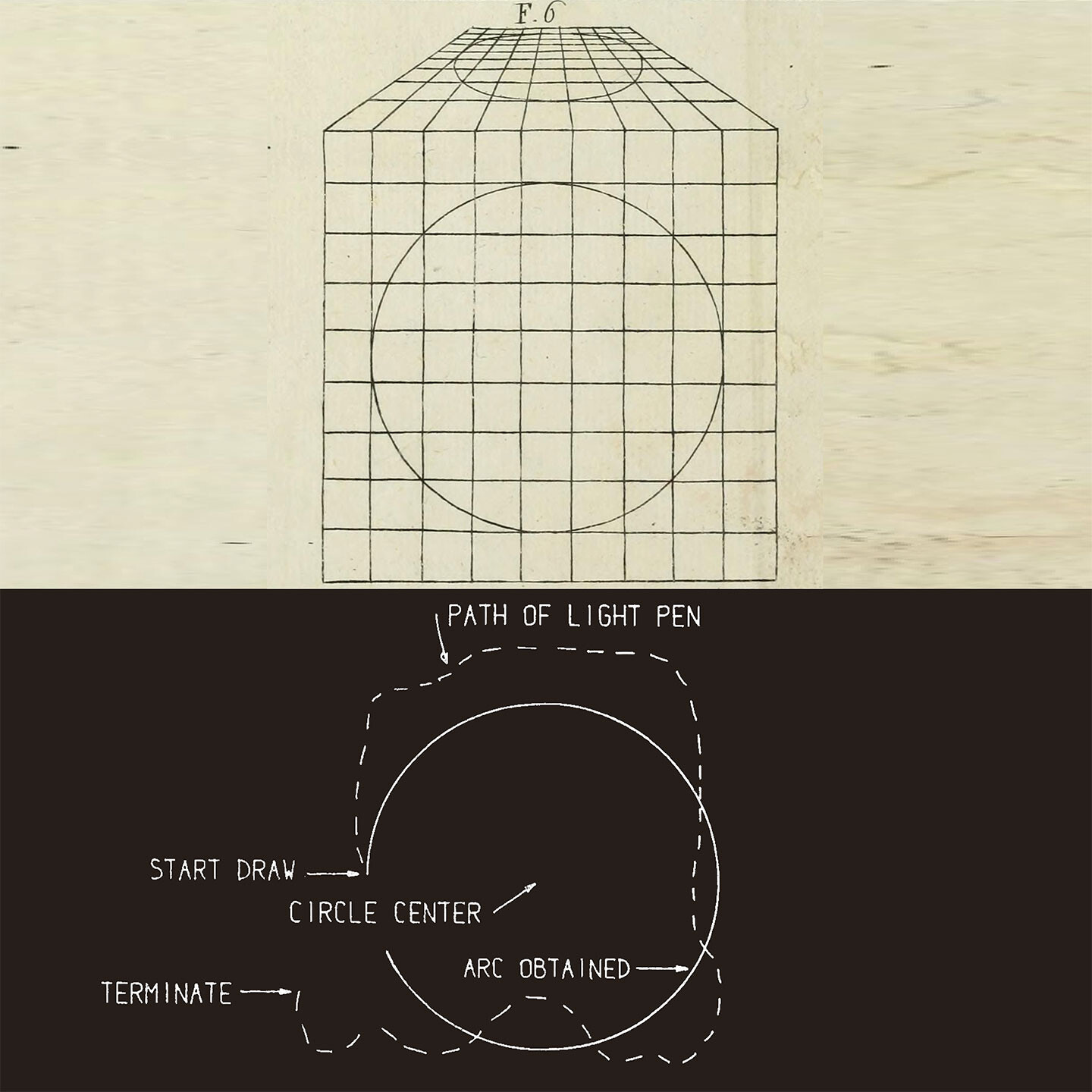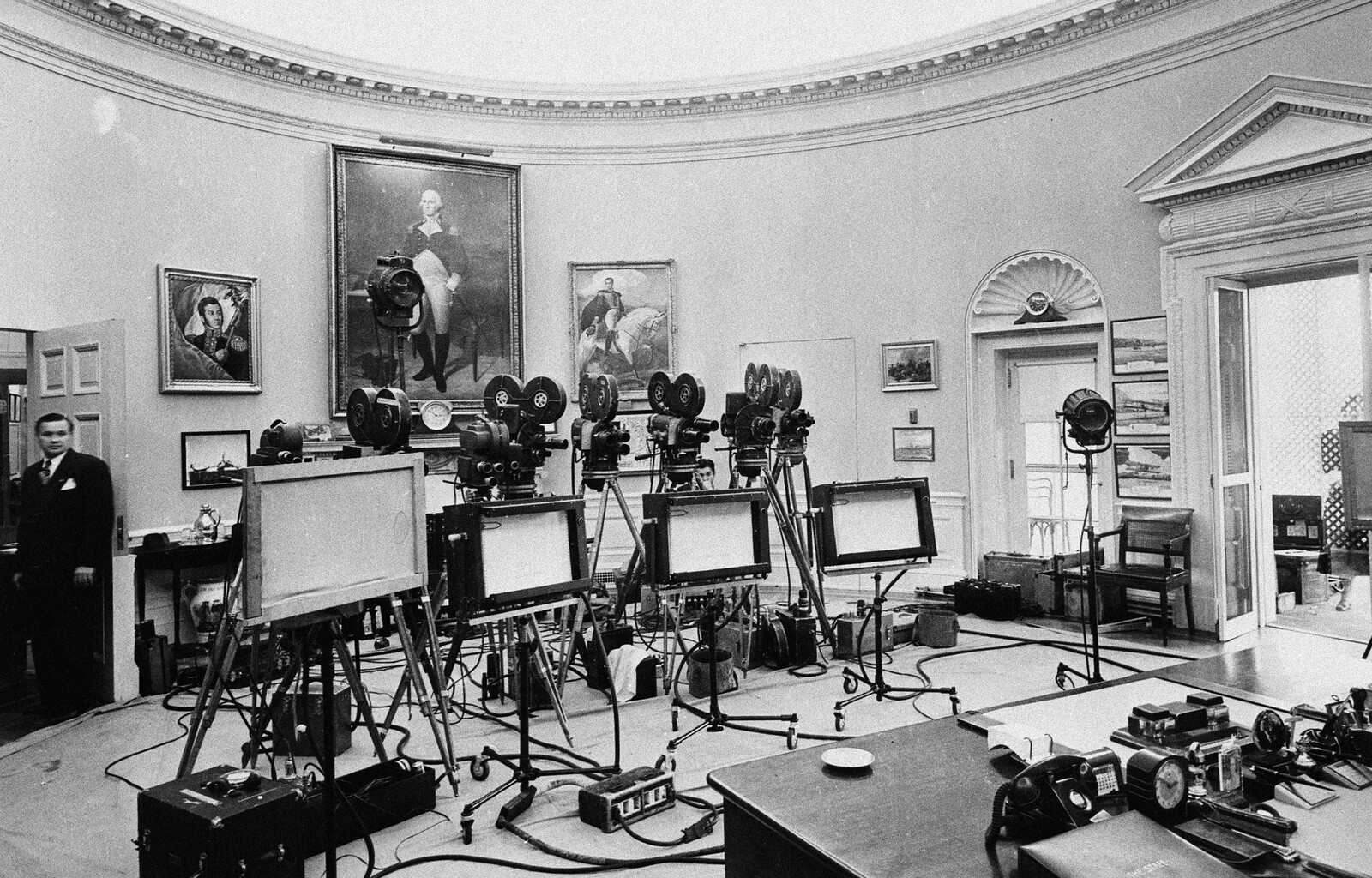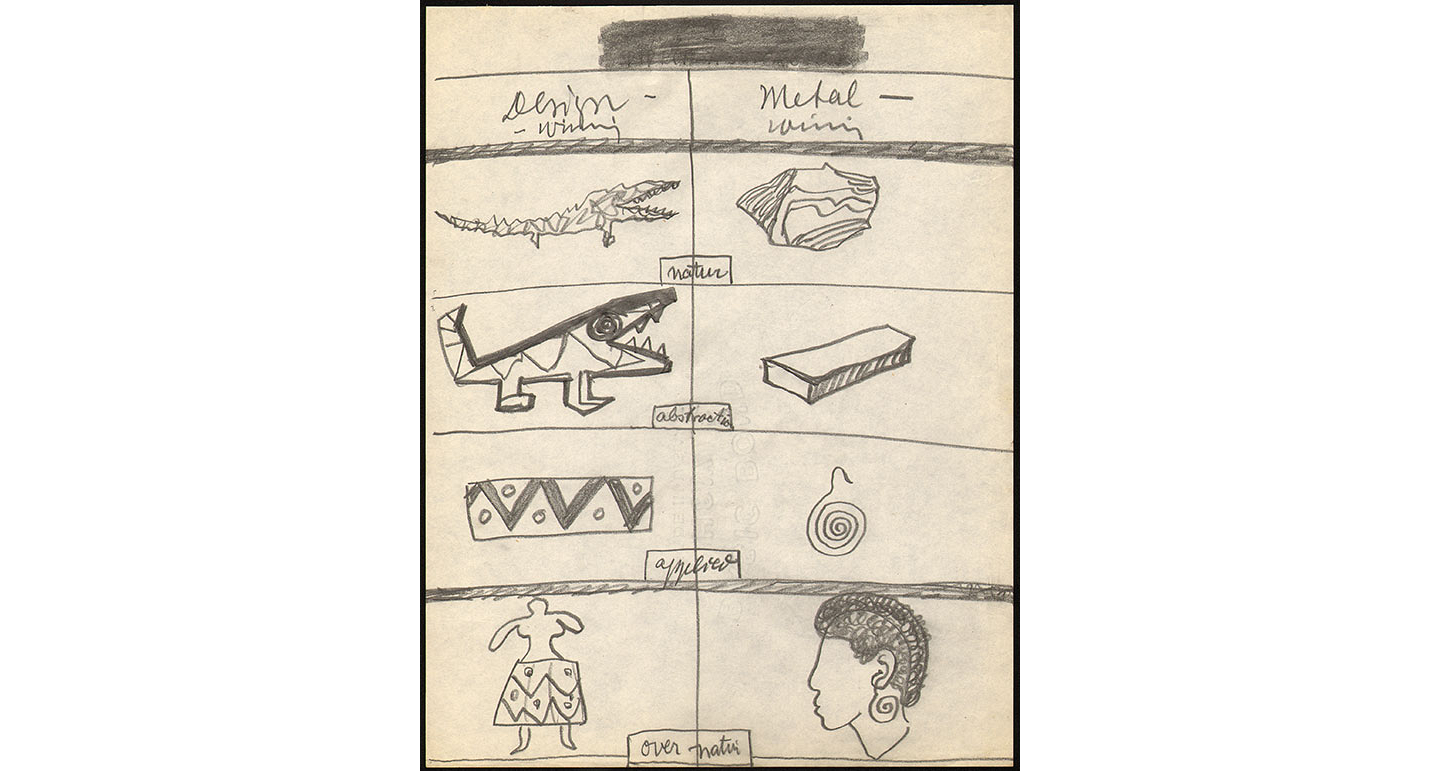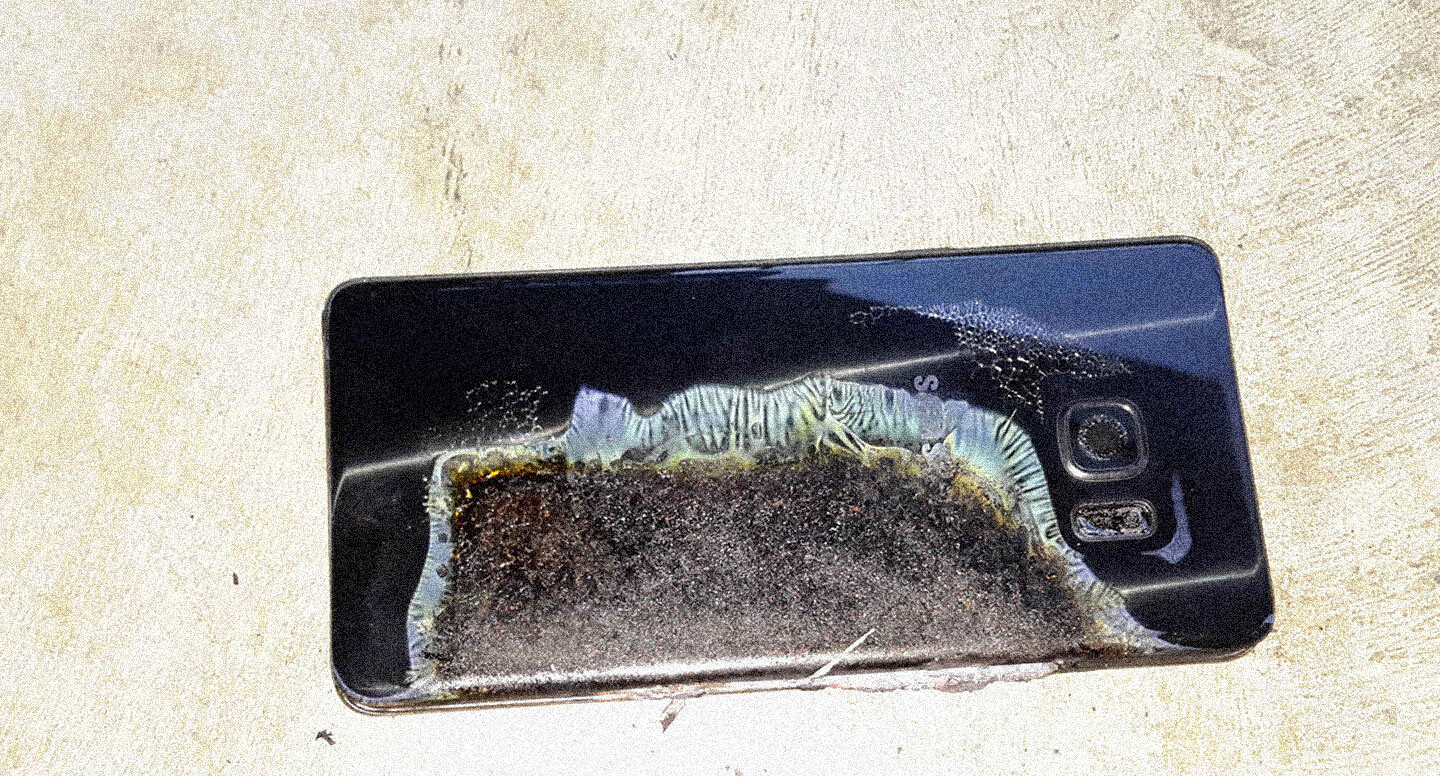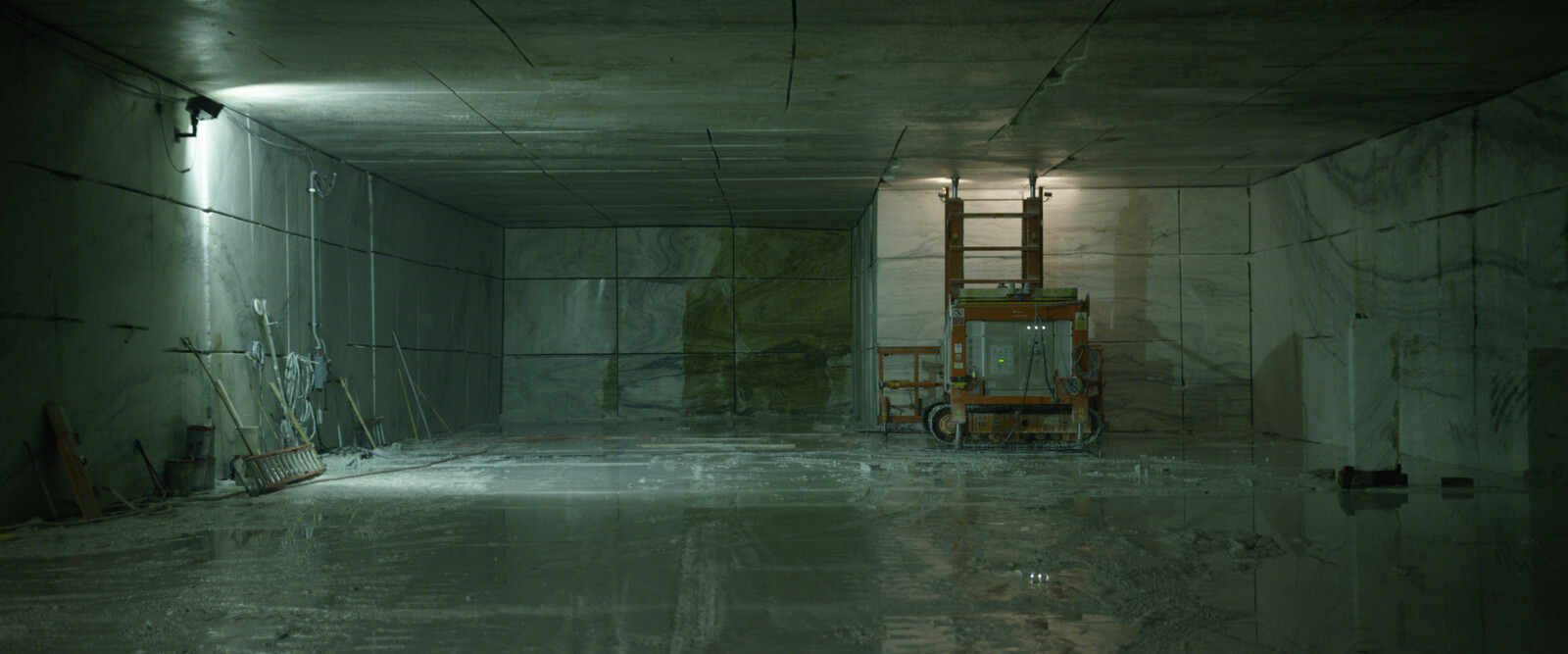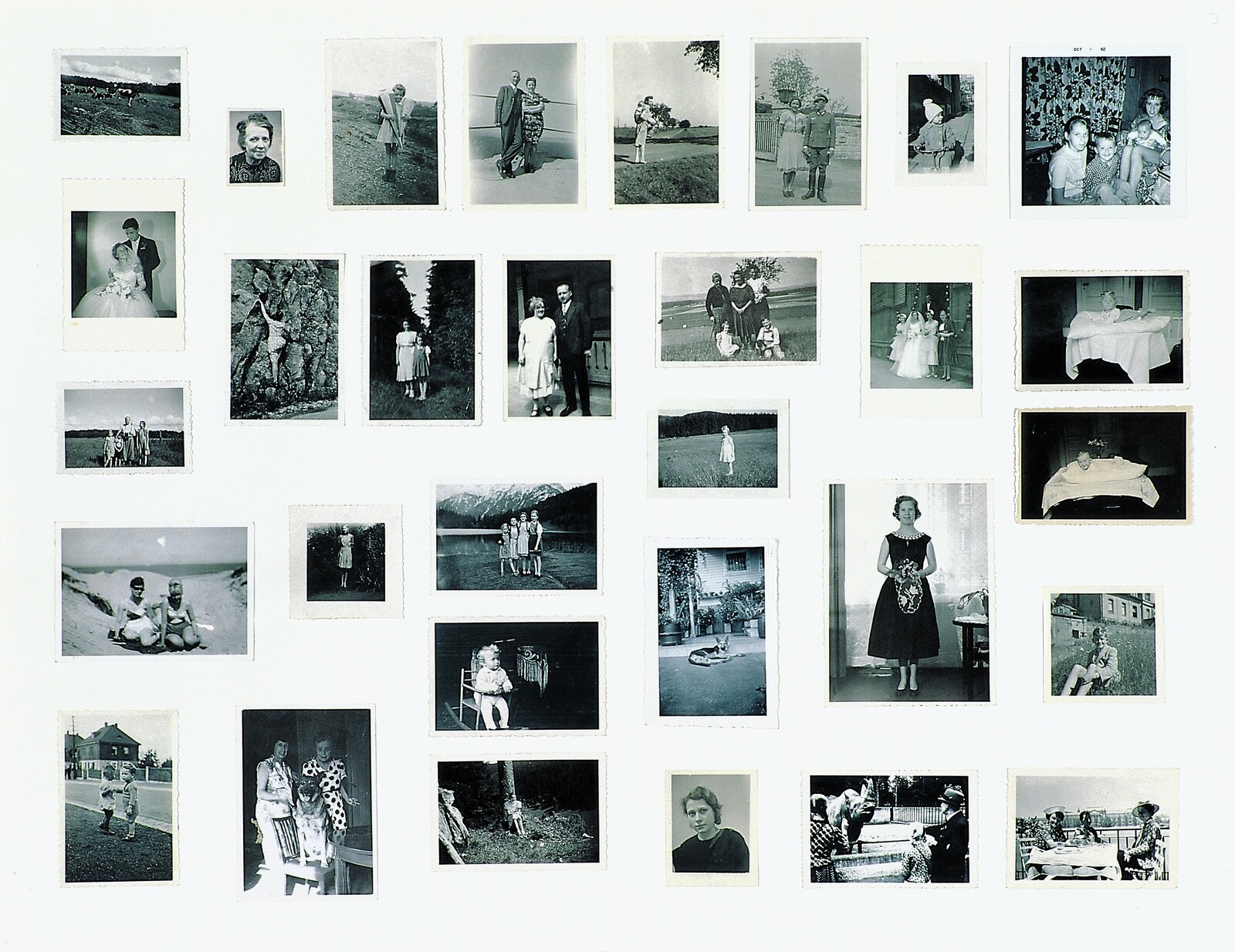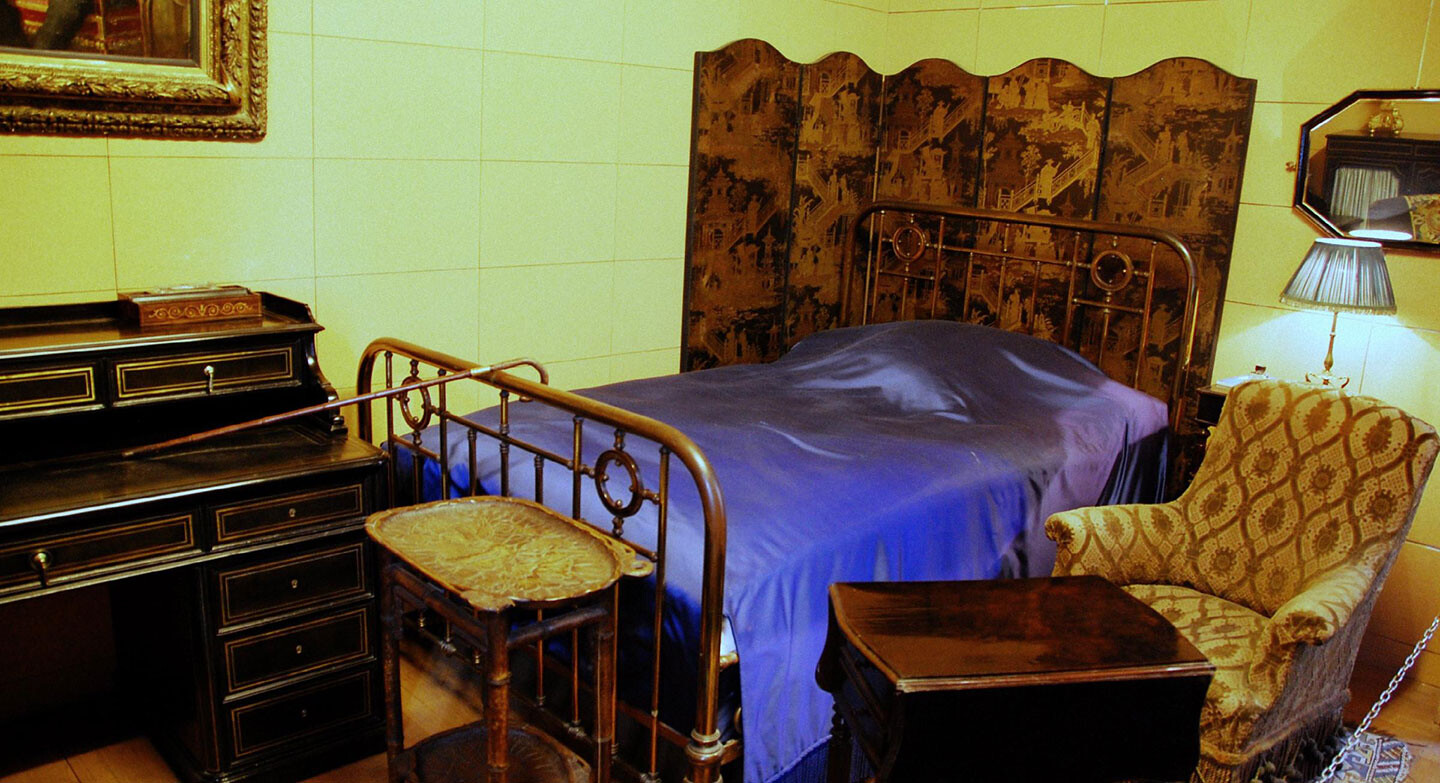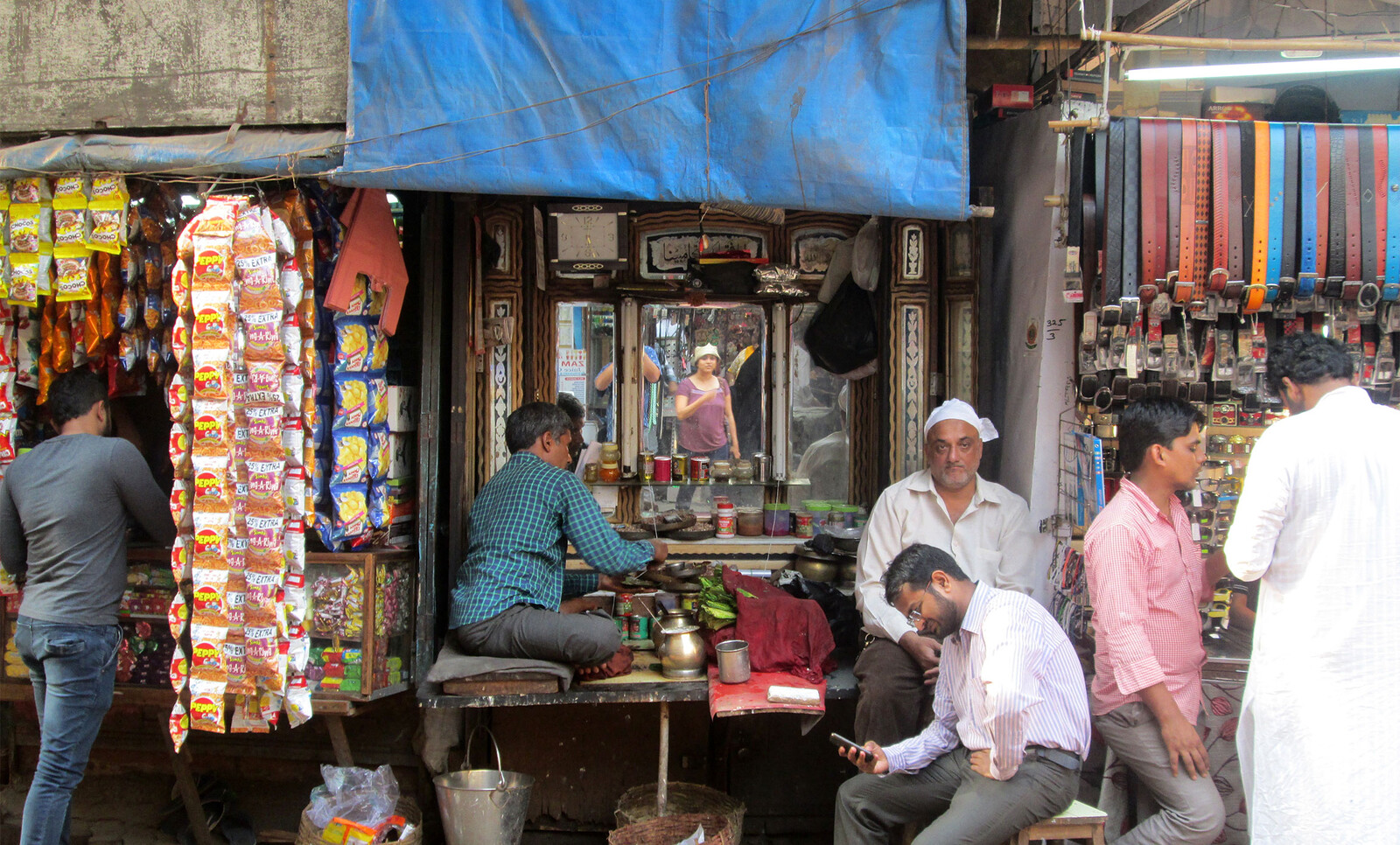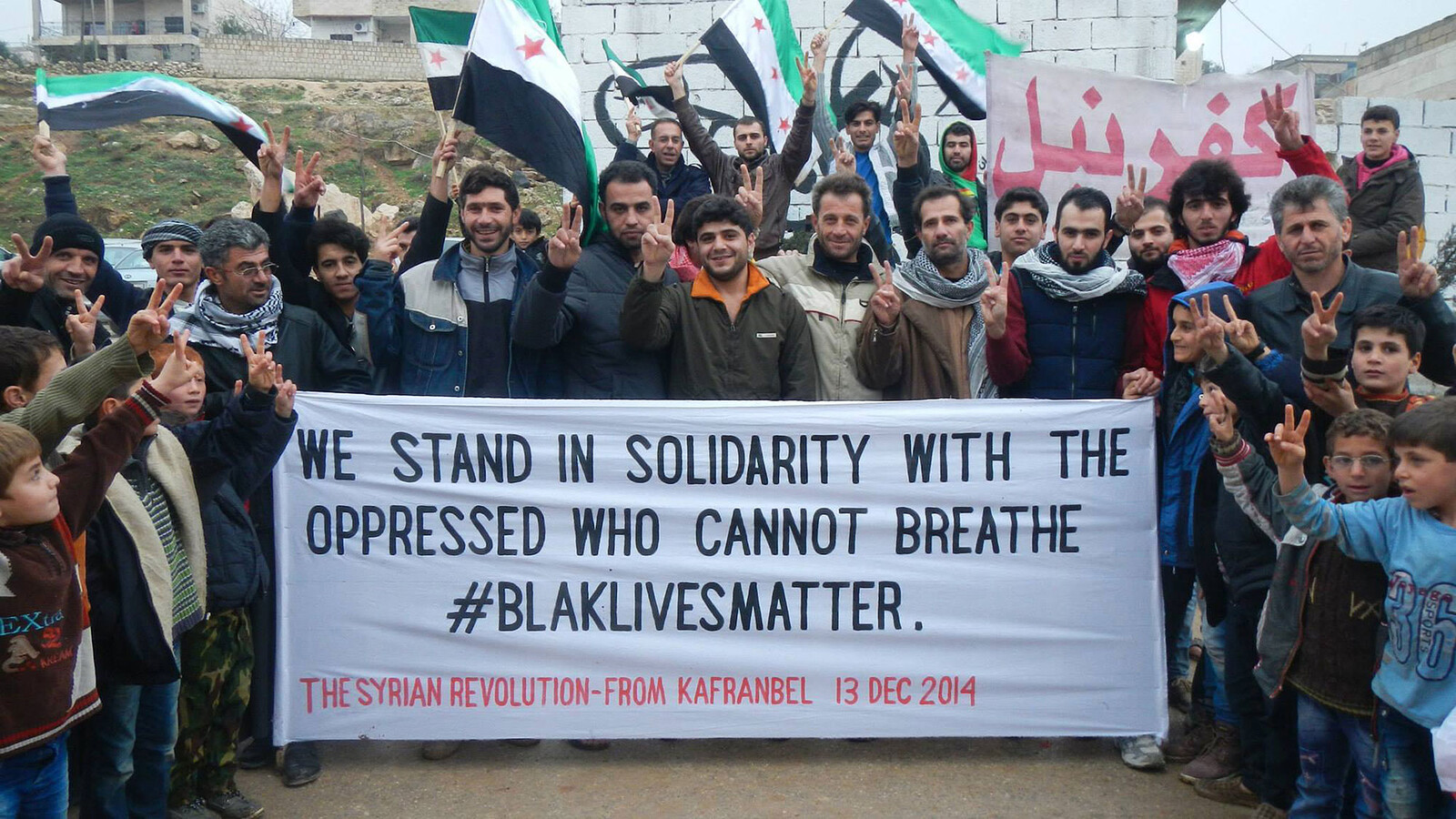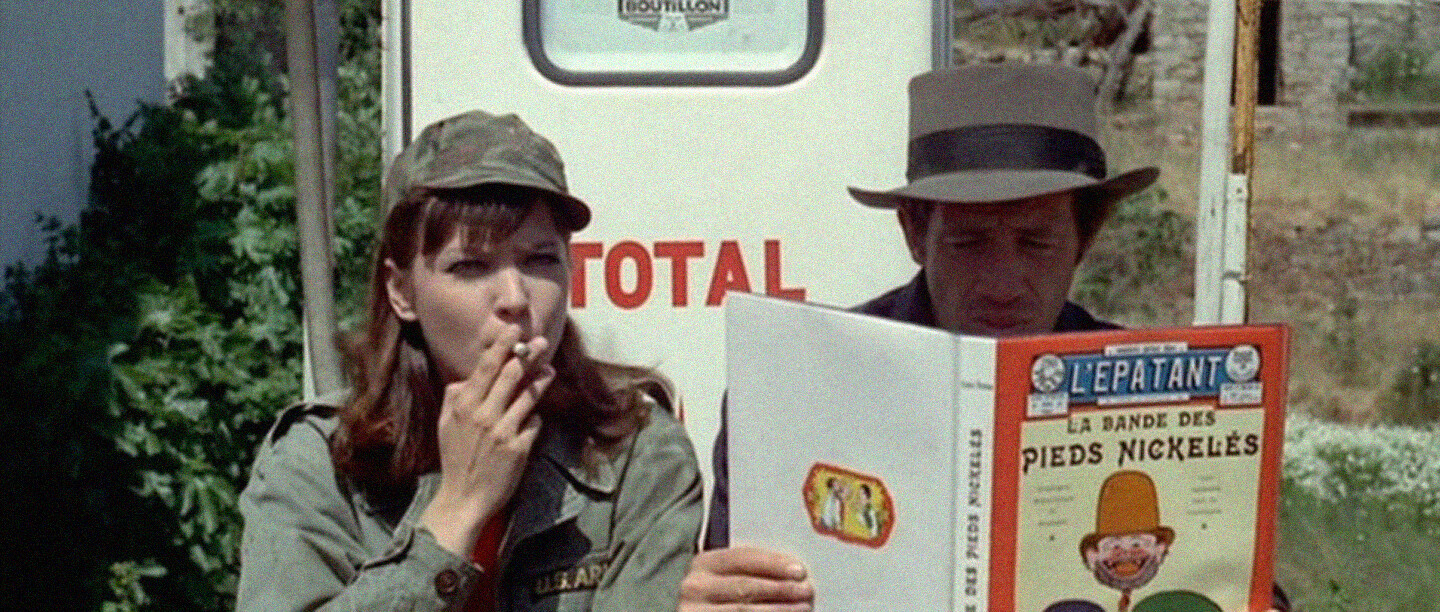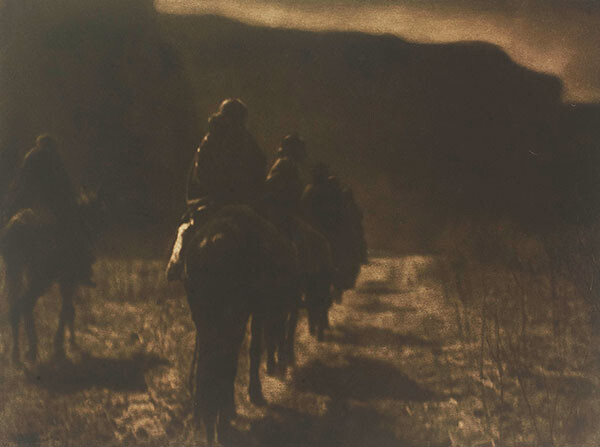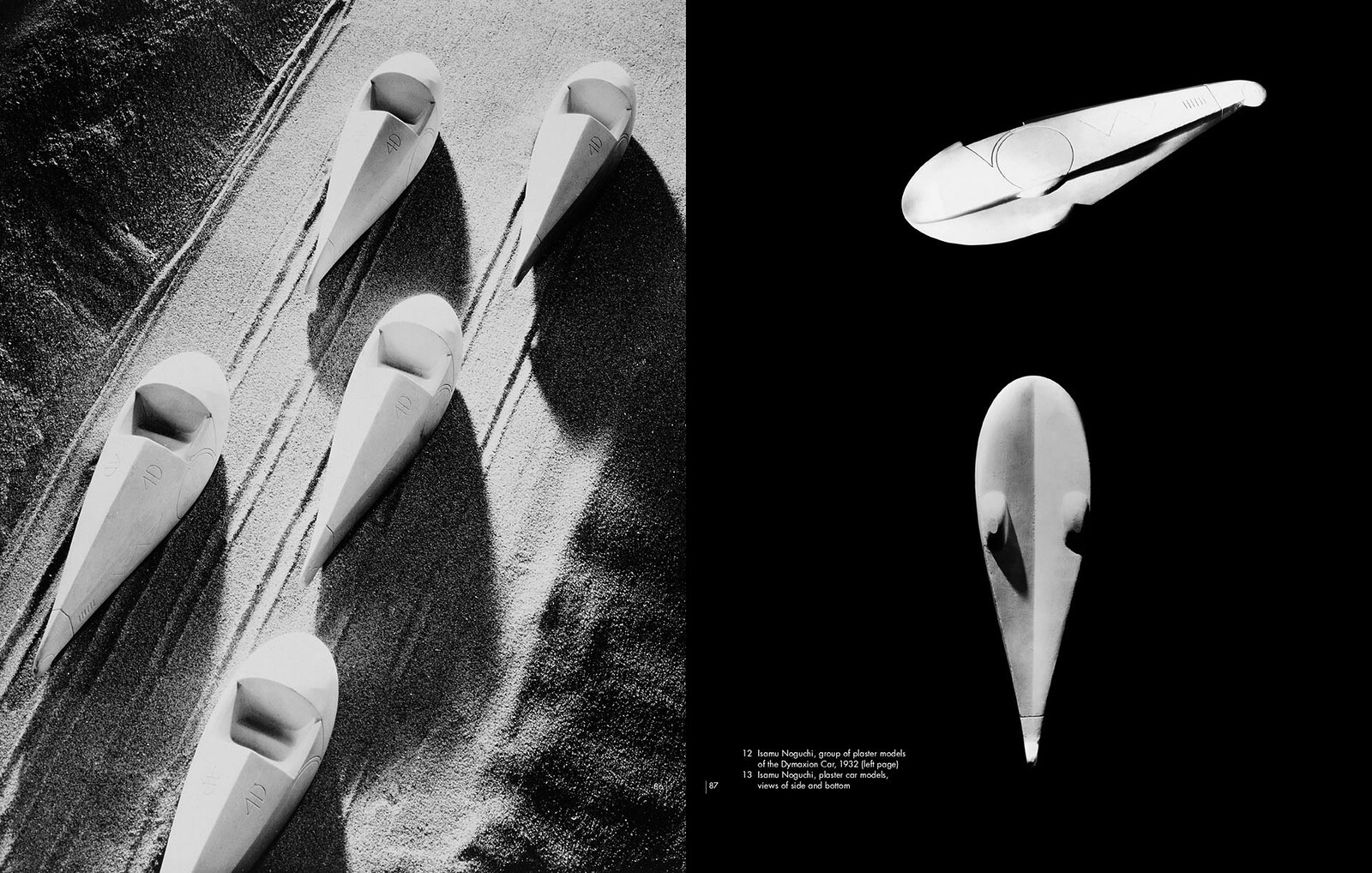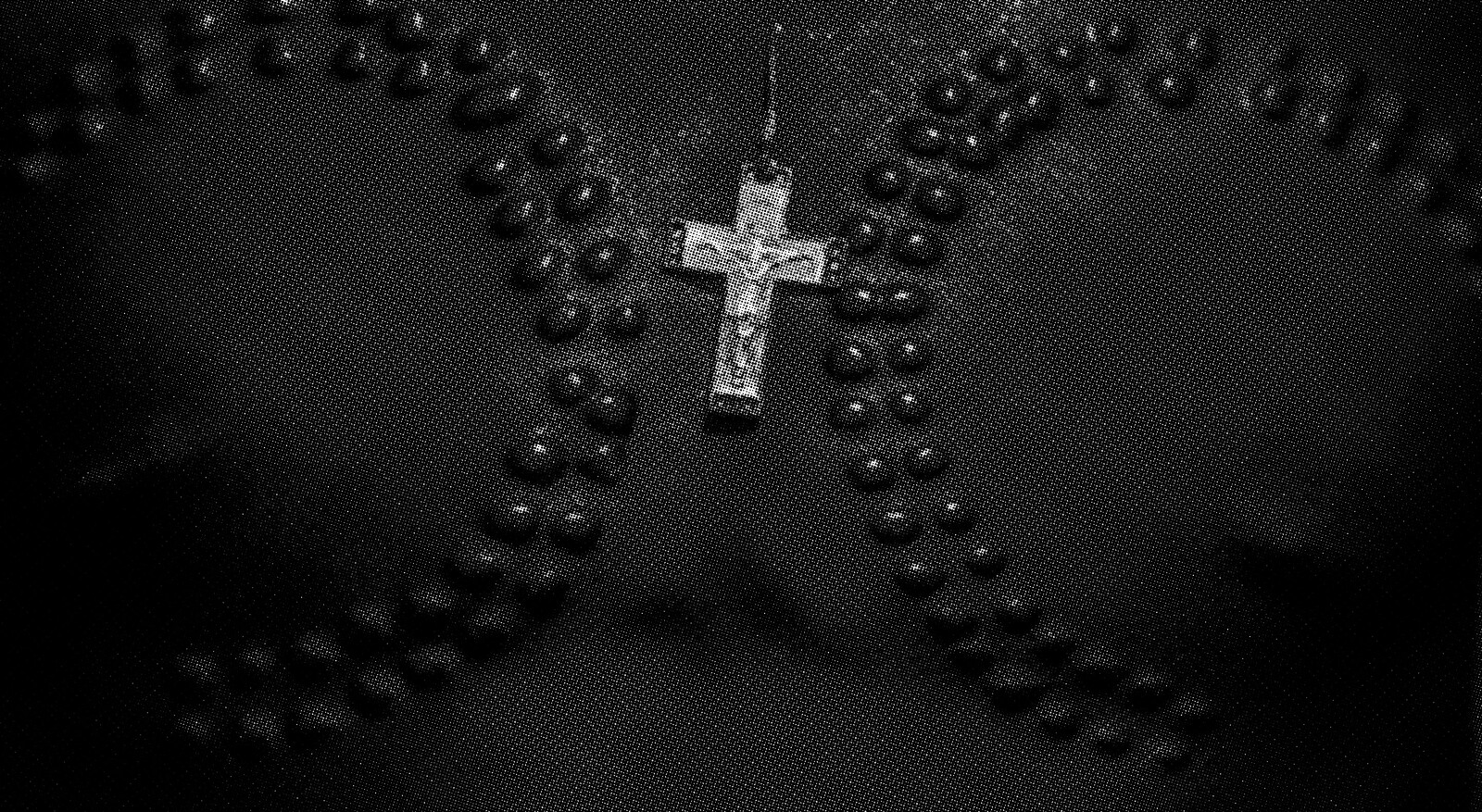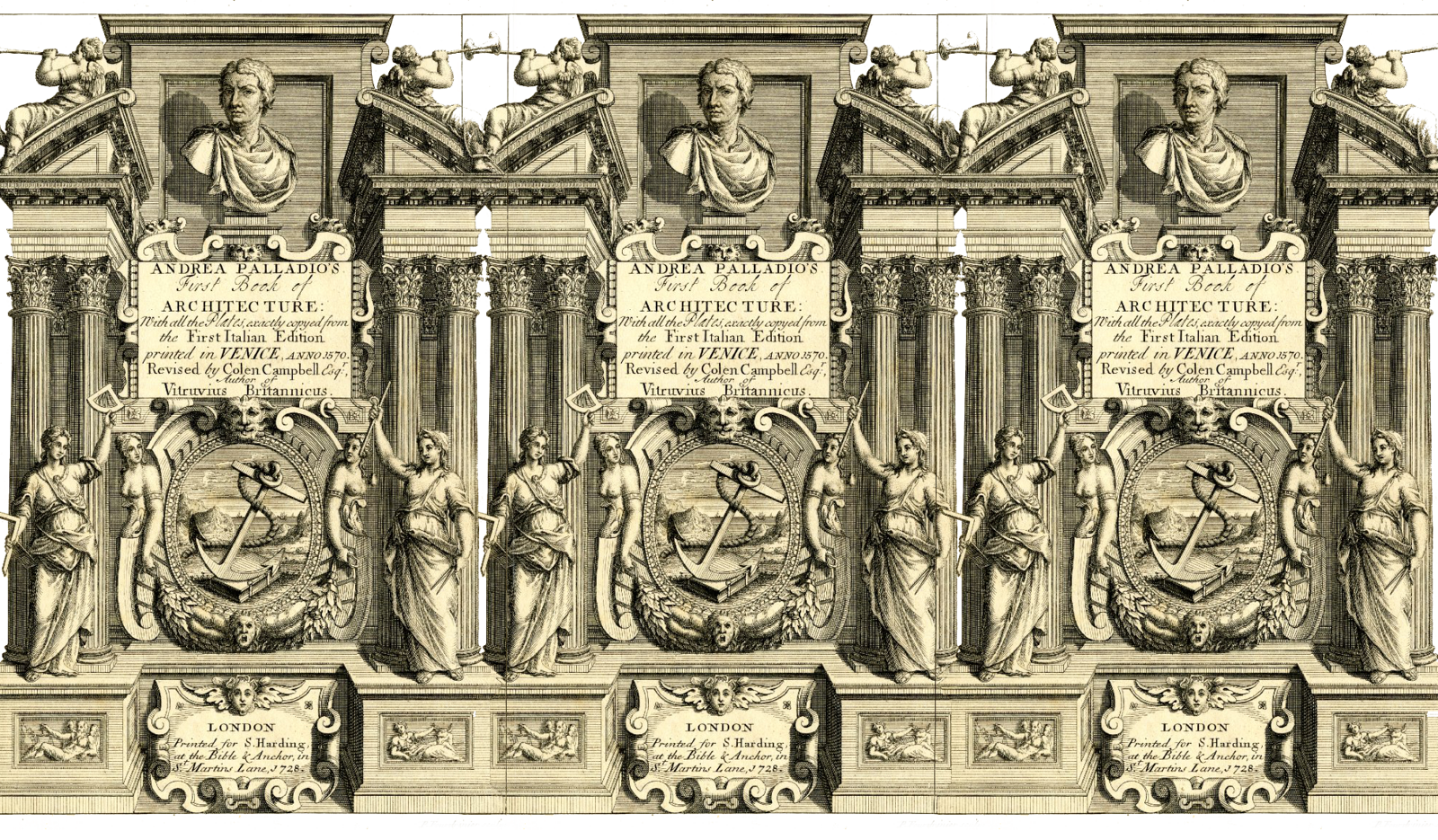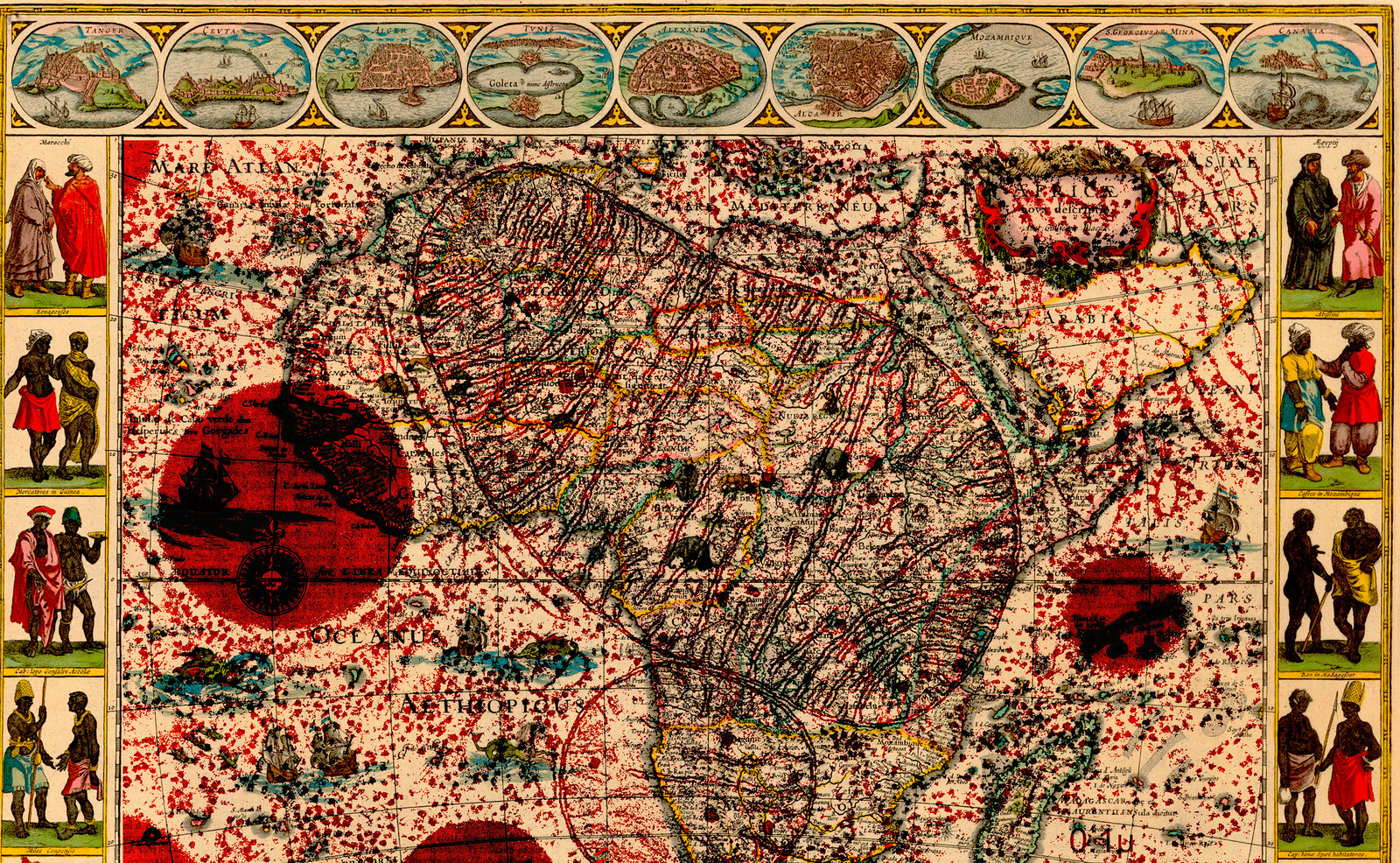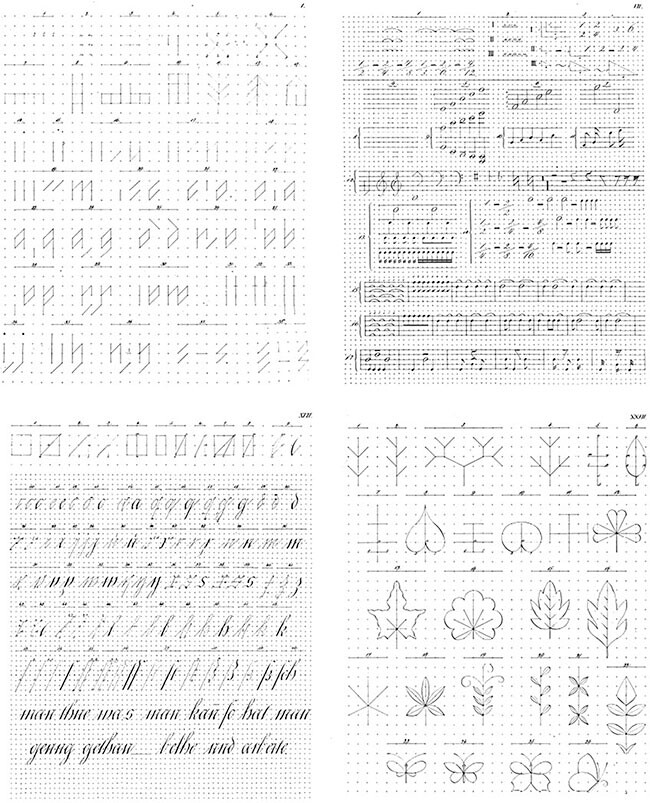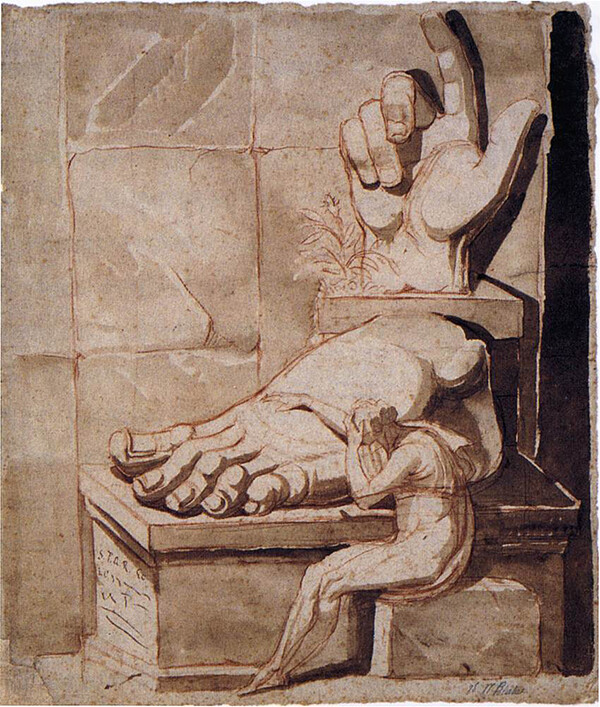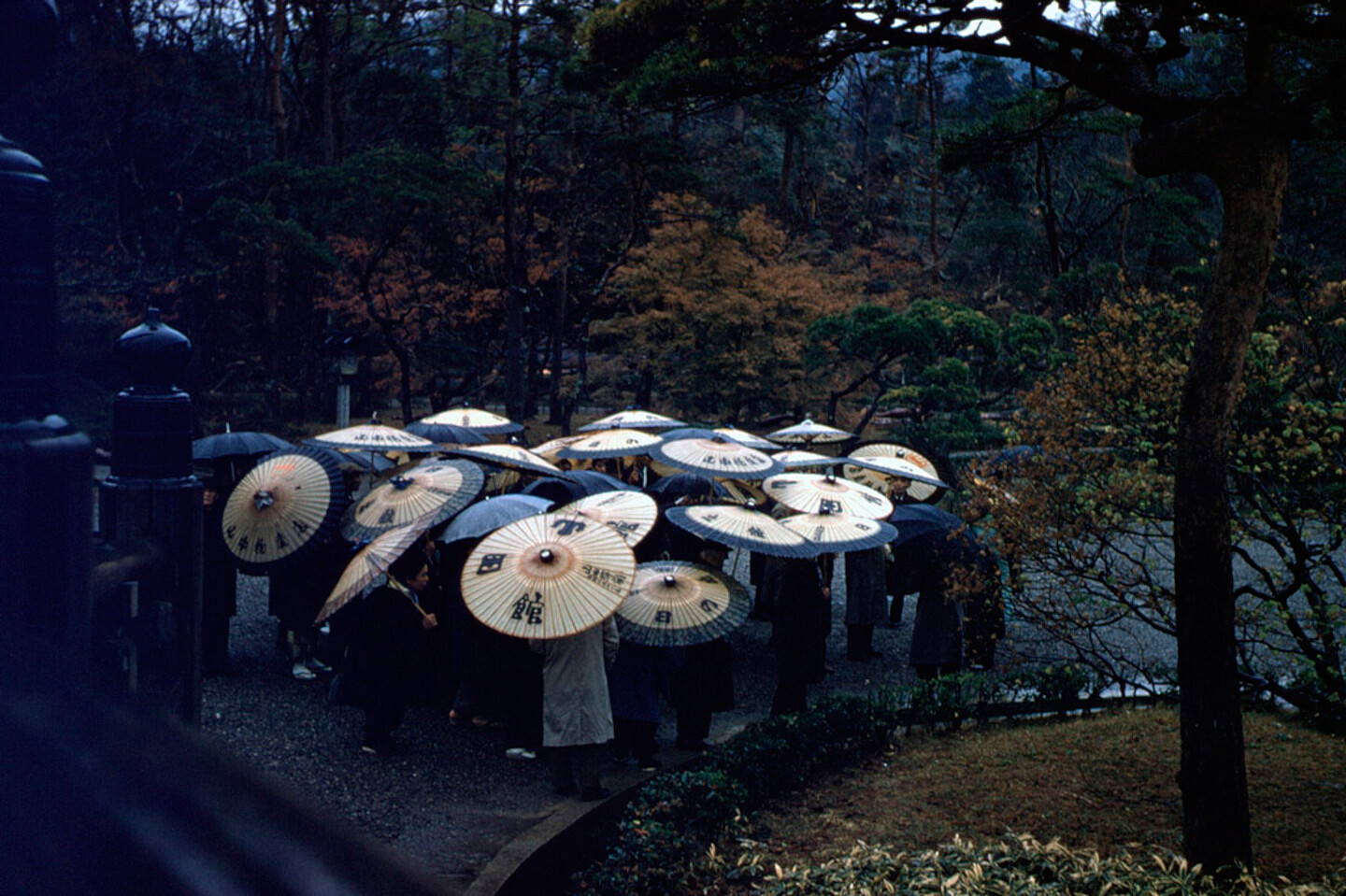This “space of Otherness” line of nonhomogeneity had then functioned to validate the socio-ontological line now drawn between rational, political Man (Prospero, the settler of European descent) and its irrational Human Others (the categories of Caliban [i.e. subordinated Indians and the enslaved Negroes])…
—Sylvia Wynter1
In 2014 the San Francisco-based Architects/Designers/Planners for Social Responsibility (ADPSR) requested the American Institute of Architects (AIA) to adopt a rule prohibiting architects from designing buildings for the purpose of execution, torture, or solitary confinement. An estimated 80,000 prisoners currently live in some form of solitary confinement, including those housed in “supermax” prisons designed specifically to segregate. Not only are black and Hispanic men and women disproportionally represented in the prison population, but they are also disproportionally represented among those sentenced to solitary confinement.2 ADPSR was unequivocal in its stance that spaces purposefully designed to facilitate cruel, inhumane, and degrading acts should not be sanctioned by the profession and are “fundamentally incompatible with professional practice that respects standards of decency and human rights.”3 The AIA declined their request to amend their Code of Ethics (although the organization is currently reconsidering its initial response). Given that architecture is one the least racially diverse professions in the United States—according to the Department of Labor, 80% of architects are white—it comes as little surprise that an effort to ban the design of spaces for the unethical treatment of a largely black and brown incarcerated population would fail.4
That gap in understanding incarceration’s impact on black and Hispanic Americans may have to do in part with who designs prisons, but it is also influenced by architecture’s own genealogy in racialized modern discourses of history and science. It’s an outcome of how theories of architecture and theories of the racial paradigm of human difference—modern discourses that engage with human needs and modern subjectivity—emerged from Enlightenment and post-Enlightenment thought.
Eighteenth-century debates among European architects on the aesthetic character and historical origins of architecture spurred the abandonment of classical architectural theory. These formative treatises on modern architecture also drew upon epistemic and ontological queries in both natural history and philosophy about the nature of humans, the world, and the cosmos. During this same period, secular forms of knowing the world continued to upend ecclesiastical doctrines. The European—the philosophe, the revolutionary, the citizen, and the architect—believed himself to self-determined and self-conscious. It is an act of self-fashioning that Boris Groys, writing about design modernism at the beginning of the twentieth century, asserts was “the ultimate form of design”; that is, “the design of the subject.”5 As the power and influence of Christianity waned, design became a vehicle for self-realization whereby “the problems of design are only adequately addressed if the subject is asked how it wants to manifest itself, what form it wants to give itself, and how it wants to present itself to the gaze of the Other.” What Groys identifies as “self-design” I would argue emerges much earlier in the Enlightenment, when an understanding of personhood is formed by distinguishing the essence of the self not only from others, but also from other things.
Also by design, Europe distinguished itself from its Others, a critical socio-political context that Groys analysis also does not take into account. As different kingdoms throughout the fifteenth and sixteenth centuries launched explorations and colonizing missions to the New World, Africa, and Asia, Europeans began to see themselves and their continent as unique and superior. Religious and lay scholars began to not only differentiate the human species from other animal and plant species, but also observe and rationalize the differences in appearance and behaviors seen in those people encountered on their colonial voyages. For Denise Ferreira Da Silva, “the productive narratives of science and history have consistently contained the others of Europe outside of the subject that emerged in post-Enlightenment Europe.”6 The racial became discursively productive of concepts and representations of human difference, ones that established hierarchies of mental and physical fitness affirming why Europeans were the most capable of advancing world civilization; in other words, why they were most capable of being modern.
Racial difference also became productive of the material conditions of modern life, fueling the unequal distribution of the resources—namely, food and shelter—that sustain it. To expand and entrench their imperial power over Europe’s others, Europeans constructed colonial settlements composed of an architectural ensemble of docks, storehouses, government buildings, plantations, and slave quarters. In the colonies, the transatlantic slave trade and the enslavement of Africans—rationalized as inferior and lacking faculties of reason—provided a key labor force to cultivate rice, sugar, and tobacco, particularly during the eighteenth and nineteenth centuries. The wealth gleaned from the movement of slaves, raw materials and finished goods to market not only filled Europe’s treasuries, banks accounts, church coffers, and private fortunes, but also financed a building boom in the metropoles of governmental offices, universities, cathedrals, banks, stock exchanges, factories, and country estates.7
With the exception of the Haitian Revolution, the French and Americans failed to put an end chattel slavery after their respective revolutions, despite the fact that its logic ran against the grain of modern democracy’s values of self-determination and natural rights. As self-governing, democratic nations formed—no longer under divine rule of monarchies—new civic architecture needed to be designed and built, including prisons, an integral part of the judicial functions of the new government. But the presence of Europe’s Others in the United States—Native Americans, as well as, and more specifically, freed and enslaved blacks—complicated how prisons were designed and utilized, and how the newly constituted democratic values of America clashed with its slave-based economy.
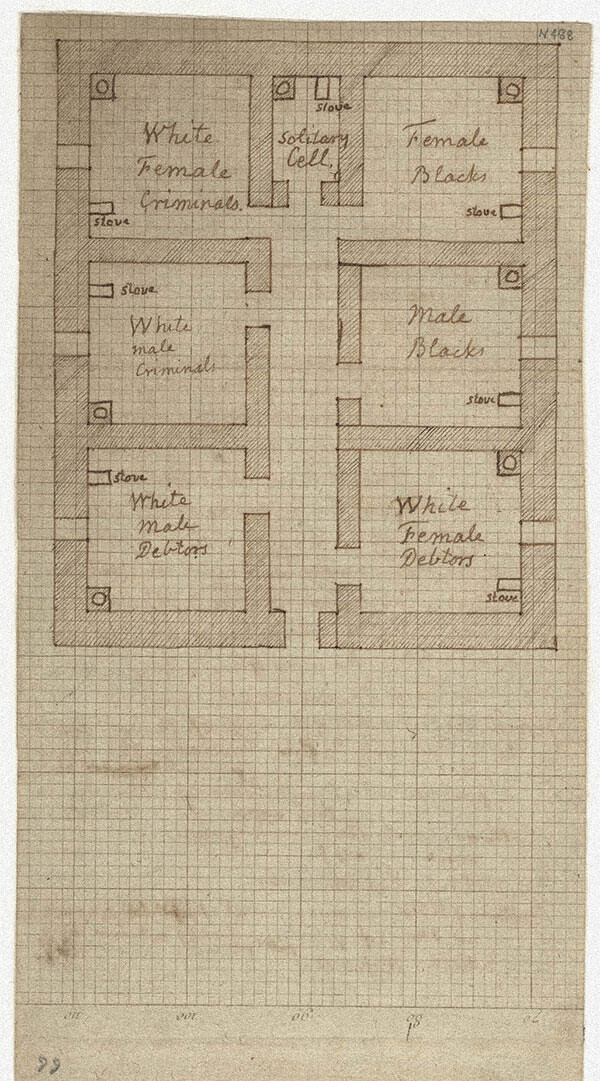

Thomas Jefferson’s plan of a prison in Piedmont, Virginia, features a cell for solitary confinement and segregated cells specifically designated for “White Female Criminals,” “White Male Criminals,” “White Male Debtors,” “White Female Debtors,” “Male Blacks,” and “Female Blacks” — with a stove and a “necessary” in each cell. Courtesy Thomas Jefferson Papers, Massachusetts Historical Society.
Architectures of Punishment or Penitence
In the first decades of the nineteenth century, the statesmen, natural philosopher, planter, and architect Thomas Jefferson designed a prison for nearby Cumberland County in the Piedmont region of Virginia where his plantation Monticello was located. In 1823 the prison plans were adapted and built in Nelson County at the request of his friend Joseph Carrington Cabell, whose family owned several plantations in the region. Jefferson’s efficient, compact design organized seven cells including one for solitary confinement, which was to be used for “ill behaved prisoners.”8 Jefferson provided an extensive list of materials—brick for walls, iron for grating, tin for floors, and wood for rafters—along with their quantity, price specifications, and the cost of free labor (the labor of slaves owned by contractors was left unaccounted). Construction details were calculated for security, cleanliness, and durability. Reflecting Michel Foucault’s observation that the body served “as object and target of power,” Jefferson placed a privy in the corner of each cell that was to be limed daily, along with a stove.9 With taxonomic precision, the architect labeled the cells according to crime, gender, and race.
The first two cells were designed to hold “White Male and Female Debtors.” These two cells to the left and right of the entrance occupied the front of the prison. This area would be the most accessible to public visitors, which indicates that debtors would most likely go free once creditors were satisfied that debts had been paid. The segregation of debtors and criminals likely reflects class differences in the prison’s population, as well as the understanding that debt might result from imprudent decisions, but crime was the outcome of deeper moral deficiencies.
Jefferson designated two rooms on the left for “White Male and Female Criminals.” Under Virginia common law, men and women could be sentenced for a range of criminal activities. White male criminals could be imprisoned while awaiting trial, punishment, or death, while white women were less likely to be incarcerated for lengthy periods of time. The institution of marriage ensconced white women—wives, mothers, and daughters—in the private realm of domestic regulation, meaning that husbands bore the responsibility for disciplining their morality and protecting their virtue. If white women, particularly thieves and prostitutes, were caught violating the law, the courts often transferred them to the care and guidance of religious or charitable reform organizations, rather than sending them to prison.10
In between the two corner cells at the rear of the jail, Jefferson placed a narrow solitary confinement cell. This type of cell was a new invention that was only recently being incorporated into prisons in Great Britain and France, which Jefferson came into contact with and learned from while serving as a diplomat to France shortly after the end of the Revolutionary War. In Paris, Jefferson, working with French architect Charles-Louis Clèrisseau, designed civic buildings for the state of Virginia, including the Virginia State Capitol building, a residence for the governor, and a state prison. Jefferson took interest in the designs for a French solitary confinement prison by architect Pierre Gabriel Bugniet, which Jefferson loosely based his Virginia state prison design. Bugniet’s scheme advocated the idea that introspection and reflection could reform immoral behavior.11 His plan also organized courtyards and windows between cells to facilitate circulation of air to stem sickness.12 These prospects of moral and physical regeneration fascinated Jefferson, noting in his autobiography:
I had heard of a benevolent society, in England, which had been indulged by the government, in an experiment of the effect of labor, in solitary confinement, on some of their criminals … This I sent to the Directors [in charge of constructing Virginia’s capital], instead of a plan of a common prison, in hope that it would suggest the idea of labor in solitary confinement, instead of that on the public works.13
Jefferson was also aware that northern Quakers advocated solitary confinement as a form of penitence for criminal behavior and activities, which they considered to be more humane and just than the cruel corporeal punishments administered by temperamental sovereigns.14
The Negro: Human or Subhuman?
Enlightenment and post-Enlightenment naturalists argued vociferously over the monogenetic or polygenetic origin of humans, speculating on whether Africans, Asians, and Native Americans had developed from the same species as Europeans. Geography and geology proved central to these questions of character and physiognomy. For Immanuel Kant, “Negroes and Whites are not different species of humans (for they belong presumably to one stock), but they are different races, for each perpetuates itself in every area, and they generate between them children that are necessarily hybrid, or blendlings (mulattoes).”15 Whether humans of African descent had the ability to reason, and therefore the moral and intellectual capacity to create anything more than a “primitive” culture, was studied by natural philosophers and historians who largely relied on reports and diaries from colonial voyagers for their research and analysis.16 Pondering the nature of national character, Kant, for example, observed: “Mr. [David] Hume challenges anyone to cite a single example in which a Negro has shown talents, and asserts among the hundreds of thousands of blacks who are transported elsewhere from their countries, although many of them have even been set free, still not a single one was ever found who presented anything great in art or science or any other praiseworthy quality.”17 Through their comparative analysis of physical and mental traits, climate and geography, most naturalists concluded Africans and Negroes to be an inferior race with little or no capacity to evolve beyond a primitive state no matter where they lived.
The need to set a firm national economic foundation after the war for independence rendered enslaved labor indispensable to rebuilding the nation’s wealth. It was also necessary for sustaining the life and livelihoods of its white population. The end of the US Civil War brought constitutional amendments that granted emancipation, citizenship, and legal protection to all, but before this, blacks had toiled under common laws and brutal slave codes that rendered them without rights. Most lived among white Americans whose socio-cultural beliefs and practices dehumanized them without reprieve. Any injustice or criminal act upon enslaved blacks were typically resolved outside the judicial system. If they were charged with a crime, trial would take place in front of white judges and be decided upon by all-white juries. As Saidiya Hartman writes about why the rape of enslaved women, for instance, was rarely adjudicated, “the invocation of person and property made issues of consent, will, and agency complicated and ungainly.”18
In his Notes on the State of Virginia (1785) Jefferson expressed his “physical and moral objections” to the Negro based on astute observations of the comportment and character of his more than one hundred slaves at Monticello. The Negro’s inability of appreciate beauty except in the most sensual manner, or to create works of true aesthetic value except out of mimicry, provided Jefferson with evidence of their natural mental inferiority. In their faculties of recollection they are equal to whites, observed Jefferson, but the Negroes’ ability to reason, to comprehend mathematics and sciences is certainly inferior. “In their imagination,” Jefferson condemned, “they are dull, tasteless, and anomalous.”19
A proponent of natural rights—that all men are born free—Jefferson had advocated for the incremental emancipation of slaves and for elimination of the international slave trade early in his political career. But emancipation could only be successful as a national enterprise if blacks, he claimed, once freed, left the United States and immigrated to colonies in the West Indies or Africa. “Why not retain and incorporate blacks into the state?” asked Jefferson in Notes on the State of Virginia. Because of “deep rooted prejudices entertained by the whites; ten thousand recollections, by the blacks, of the injuries they have sustained; new provocations; the real distinctions which nature has made.”20 Jefferson’s proposition, which paralleled similar movements in England that established Sierra Leone in 1787, would become the foundation for the colonization movement in the United States. The American Colonization Society was founded in 1816, whose members included architect of the US Capitol William Thornton and the son of British architect Benjamin Henry Latrobe. With the foundation of Liberia in 1821 by the United States, integration of blacks into the fabric of the nation was not a desired course of action. The colonization movement, which formed from an alliance between white northern abolitionists and mid-Atlantic slaveholders who held similar views to Jefferson’s, tacitly agreed that there was no place for the freed Negro in America’s democratic society or within its national boundaries.
We can now return to Jefferson’s 1823 design for the county prison and unpack the significance of the two cells reserved on the right for “Black Men and Women.” It is notable that Jefferson did not include the labels “debtor” or “criminal” on these cells, which were most likely designed to hold captured slaves who had escaped either from their masters or while in transit westward for sale to till in the frontier territories created from Jefferson’s purchase of the Louisiana territory. In other words, these prison cells served as holding cells for private property.
Authorities rarely incarcerated enslaved men and women for criminal activity, but instead implemented harsh measures—beatings or death—for improper and unlawful behavior.21 Unless the public prosecution of a slave’s criminal deed, such as plotting insurrection, murder, or violence against a white person, could function as a deterrent to slave disobedience, disciplining the enslaved body fell under the jurisdiction of their owners who meted out various forms of punishment for minor infractions. The fabrication and use of iron shackles, collars, bridles, and regular displays of punitive justice at the whipping post within the slave quarters were regimes of violence deployed by slavers, owners, overseers, and slave patrols to subdue a person and maintain lawful and submissive behavior. The black slave body became the site of what Hartman calls the “routinized violence of slavery.”22 Through these means, Southerners made the disciplining of slave populations a private rather than public matter, which was also an attempt to keep the dispute over slavery’s inhumanity out of the public space of political debate.
The two “Black” cells would have also held free black men and women who had committed crimes. Fearing freed slaves would become a financial burden, undermine the wages of white workers, pose a criminal threat, or incite slave rebellions, in 1793 Virginia restricted the migration of freed blacks to the state and required that manumitted men and women either register with local authorities or leave the state within a year of their liberation.23 Failure to migrate would entail forfeiture of their freedom. Any freed black person caught committing a crime would be arrested and, depending on the severity of the crime, possibly sold back into slavery. Freed blacks were given higher penalties and longer sentences for criminal acts. Despite a lack of civil liberties—freedom of movement, higher taxes, and threats of violence and enslavement—many freed blacks chose to remain near enslaved family members.24 By 1820 some 30,000 free-people resided in Virginia, while enslaved and freed blacks comprised more than a third of the entire population of the United States.25
Virginia, like other Southern states, refused to recognize the humanity and equality of black people. To be of African descent in antebellum Virginia meant one could only live as property in the system of chattel slavery. Certainly, to be free and black was an anomaly. Lacking rights and citizenship and reduced to the status of a possession, blacks were dehumanized under Virginia’s law, the very laws which constituted the spaces of everyday life. Jefferson, like many of the ruling planter class, had depended his entire life on enslaved blacks to take care his family’s personal needs wherever he travelled and to work his various plantations in Virginia. Through his prison plan for nearby Cumberland and Nelson counties, Jefferson had designed a racialized apparatus of modern incarceration, a typology of captivity and violence that has continued to evolve through the twenty-first century.
From Plantation to Prison
Debates on racial character and physiognomy remained active until the “Sciences of Man,” disciplines such as biology, anthropology, and sociology that were invented during the nineteenth century, naturalized earlier concepts of racial difference. Da Silva writes that the “scientists of man attempted to prove what eighteenth-century naturalists could only describe and the philosophers who framed man could only postulate.”26 By the twentieth century, race and raciality—the productive signifiers of race—had rationalized and naturalized the physical (bodily) and mental (moral) inferiority of Europe’s Others as objective fact. The logics of modern planning, development policy, and neoliberal economics justified their continued dehumanization and marginalization in the slum, the ghetto, the favela, the projects, the banlieue, and of course, the prison.
Plantation enclosures directly link to the carceral spaces of prisons. During post-Civil War Reconstruction, Louisiana erected, for example, its new prison on parcels of land from several plantations known as Angola, named for the region of Africa where the plantation’s slaves had originated. The plantation’s old slave quarter remained in active use at Angola prison, as did the farming operations and the regimes of violence exacted on black convicts, who, like their enslaved ancestors, were also leased out for the profit of the prison’s management and the state. The adaptation of Angola plantation to a prison tethers the abuses of slavery to modern incarceration. Today, the 18,000 acre Louisiana State Penitentiary at Angola, known as “The Farm,” operates as the largest maximum security prison in the United States. Sentences to solitary confinement can last for decades in its supermax cellblocks.27 The billion-dollar prison-industrial complex, an increasingly privatized corporate managed system, continues slavery’s vicious dehumanization of black men and women. ADPSR’s request to the AIA marks a noble effort to disentangle the architect’s expertise from its centuries-long productive engagement with America’s inhumane and exploitive carceral system. ADPSR’s goal is to limit architects from profiting by the design of the most violent spaces of the prison industrial complex. Perhaps then, the profession will recognize that black lives actually do matter.
Sylvia Wynter, “Unsettling the Coloniality of Being/Power/Truth/Freedom: Towards the Human, After Man, Its Overrepresentation—An Argument,” The New Centennial Review 3, 3 (Fall 2003), 313–314.
New York Advisory Committee on the U.S. Commission on Civil Rights, The Solitary Confinement of Youth in New York: A Civil Rights Violation (Washington, DC: US Commission on Civil Rights, 2014), 19. See →.
Architects/Designers/Planners for Social Responsibility, “Human Rights & Professional Ethics,” →.
Boris Groys, “The Obligation to Self-Design,” e-flux Journal 0 (November 2008), →
Denise Ferreira Da Silva, Toward a Global Idea of Race, (Minneapolis: University of Minnesota Press, 2007), xviii.
Eric Williams, Capitalism and Slavery (Chapel Hill: University of North Carolina Press, 1994). See also Simon Gikandi, Slavery and the Culture of Taste (Princeton: Princeton University Press, 2004).
Thomas Jefferson, “Miscellaneous Buildings prison(plan), verso, undated,” in Thomas Jefferson Papers, →
Michel Foucault, Discipline and Punish: The Birth of the Prison (New York: Vintage Books, 1995), 136.
Mark E. Kann, Punishment, Prisons, and Patriarchy: Liberty and Power in the Early American Republic (New York: New York University Press, 2005), 81.
The concept of penitentiaries spread quickly in the United States beginning with the construction of Walnut Street Prison in 1774, established by a group of Quakers lead by Benjamin Franklin. Michel Foucault described Walnut Street as an experiment where “life was partitioned according to an absolutely strict time-table, under constant supervision.” Ibid., Foucault, 124.
Howard C. Rice, Jr. “A French Source of Jefferson’s Plan for the Prison at Richmond,” in Journal of Society of Architectural Historians 12, 4 (Dec. 1953), 28–30.
Thomas Jefferson, Autobiography of Thomas Jefferson (Mineola, NY: Dover Publications, Inc., 1959), 42.
Ibid., Foucault, 124.
Immanuel Kant, “On the Different Races of Men,” in Race and the Enlightenment, edited by Emmanuel Chukwudi Eze (Cambridge and Oxford: Blackwell Publishers, Inc., 1997), 40
David Bindman, From Ape to Apollo, Aesthetics and the Idea of Race in the 18th Century (Ithaca: Cornell University Press, 2002).
Immanuel Kant, “On National Characteristics, so far as They Depend upon the Distinct Feeling of the Beautiful and Sublime,” in Race and the Enlightenment, 55.
Saidiya Hartman, Scenes of Subjection: Terror, Slavery, and Self-Making in Nineteenth Century America (Oxford: Oxford University Press, 1997), 80.
Thomas Jefferson, “Query: Administration of justice and description of the laws,” Notes on the State of Virginia (1785), →
Ibid.
Paul Finkelman, “Slavery in the United States: Persons or Property?,” in The Legal Understanding of Slavery: From the Historical to the Contemporary, edited by Jean Allain (Oxford: Oxford University Press, 2012), 105–134.
Ibid., Hartman, 4.
Ellen D. Katz, “African-American Freedom in Antebellum Cumberland County, Virginia – Freedom: Personal Liberty and Private Law,” in Chicago Kent Law Review 70, 3 (April 1995), 952. →
Ibid., 952-53.
Ibid., Foucault, 232. The total slave population in Virginia in 1820 was 425,153. The number of freed men and women totaled 39,889 making them 9% of the total black population in the state.
Ibid., Ferriera Da Silva, 120.
Superhumanity is a project by e-flux Architecture at the 3rd Istanbul Design Biennial, produced in cooperation with the Istanbul Design Biennial, the National Museum of Modern and Contemporary Art, Korea, the Govett-Brewster Art Gallery, New Zealand, and the Ernst Schering Foundation.
Category
Subject
Superhumanity, a project by e-flux Architecture at the 3rd Istanbul Design Biennial, is produced in cooperation with the Istanbul Design Biennial, the National Museum of Modern and Contemporary Art, Korea, the Govett-Brewster Art Gallery, New Zealand, and the Ernst Schering Foundation.






